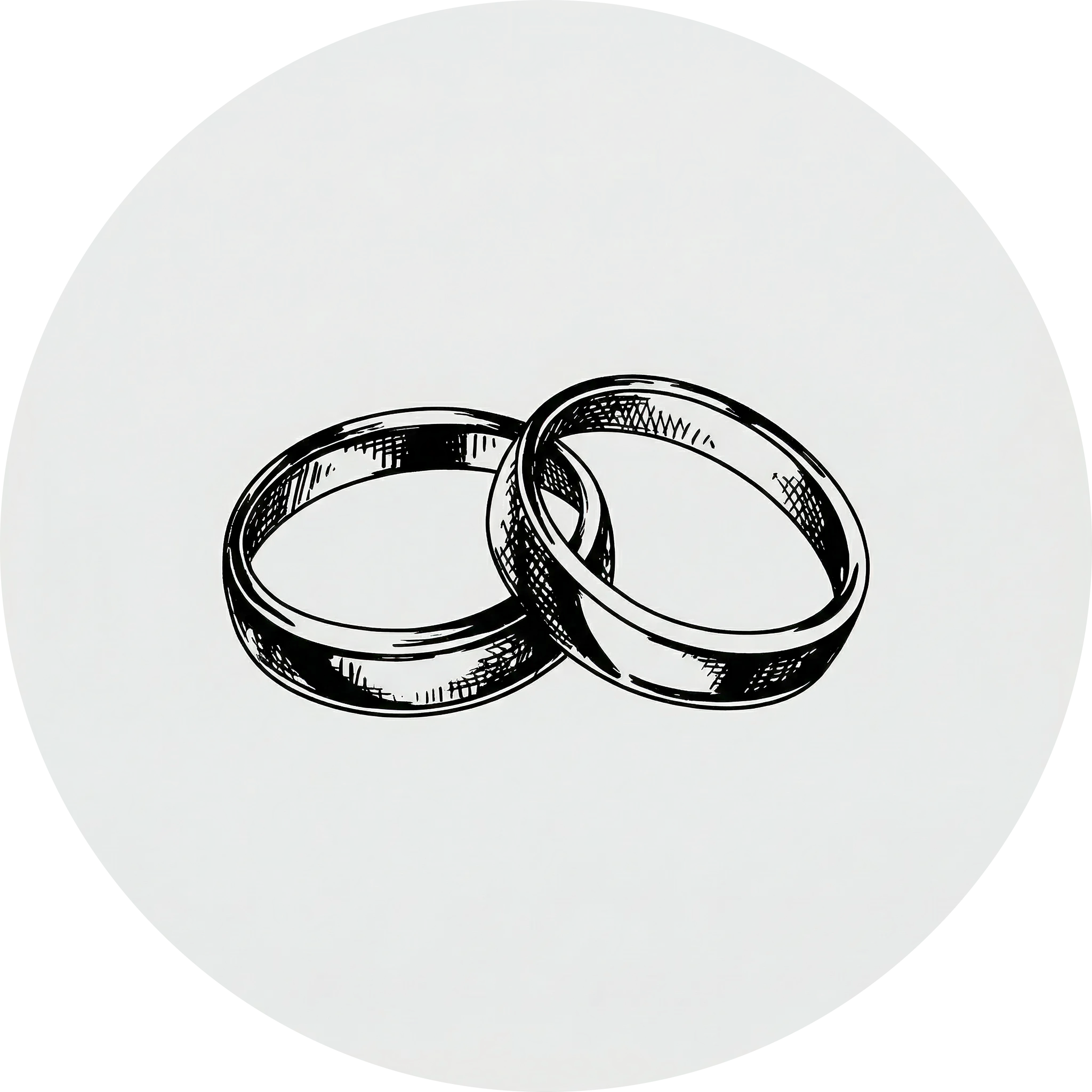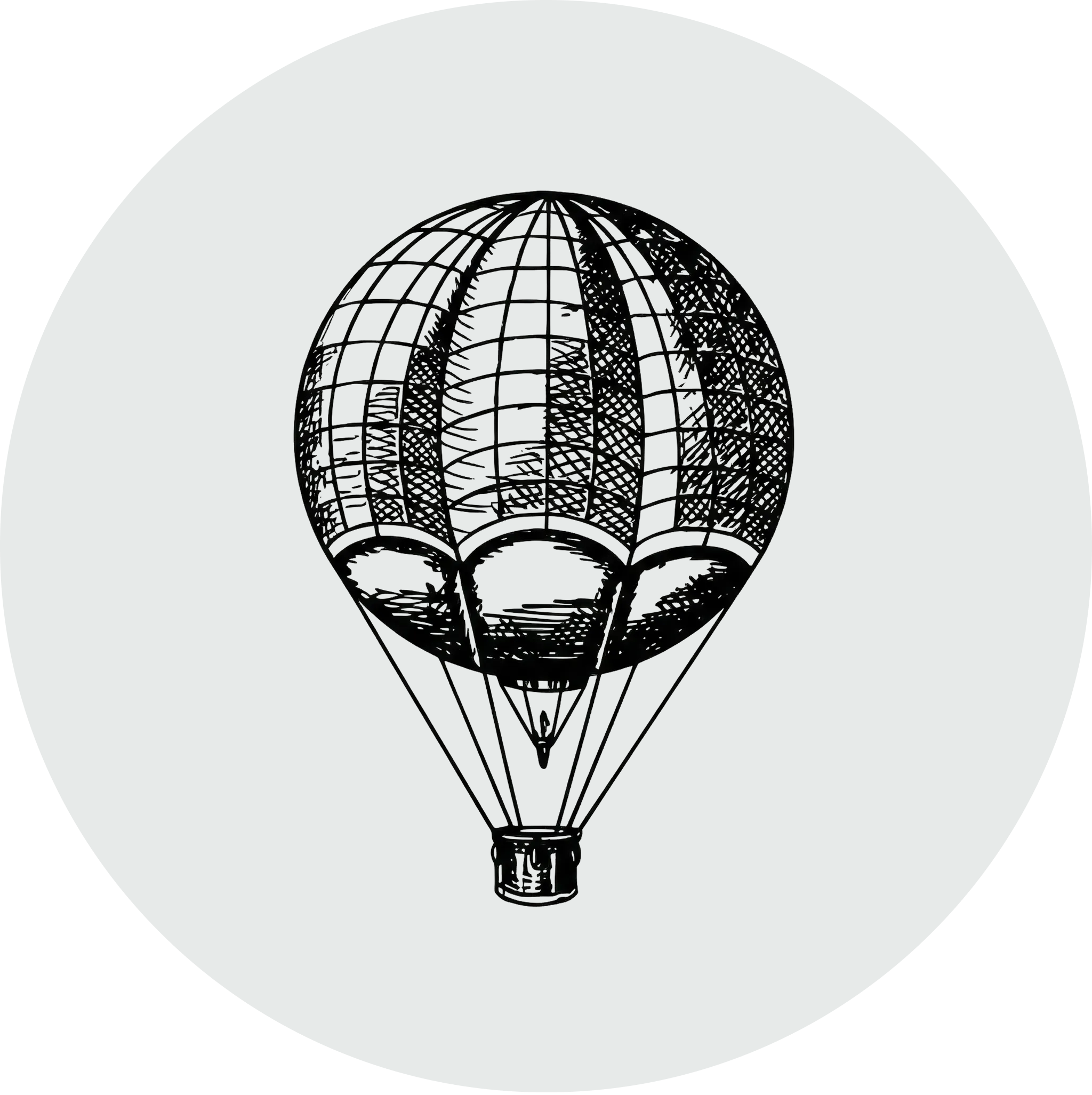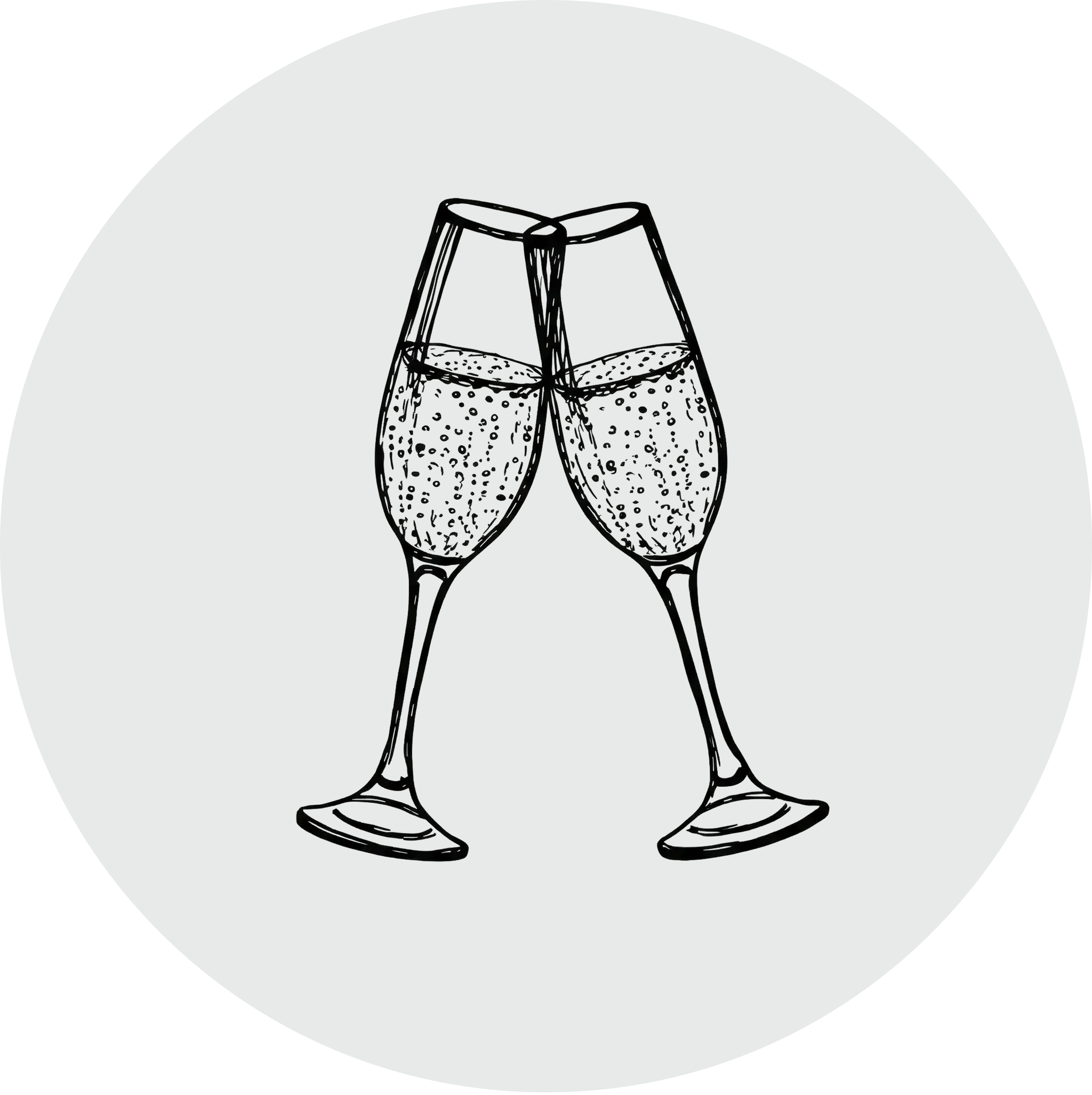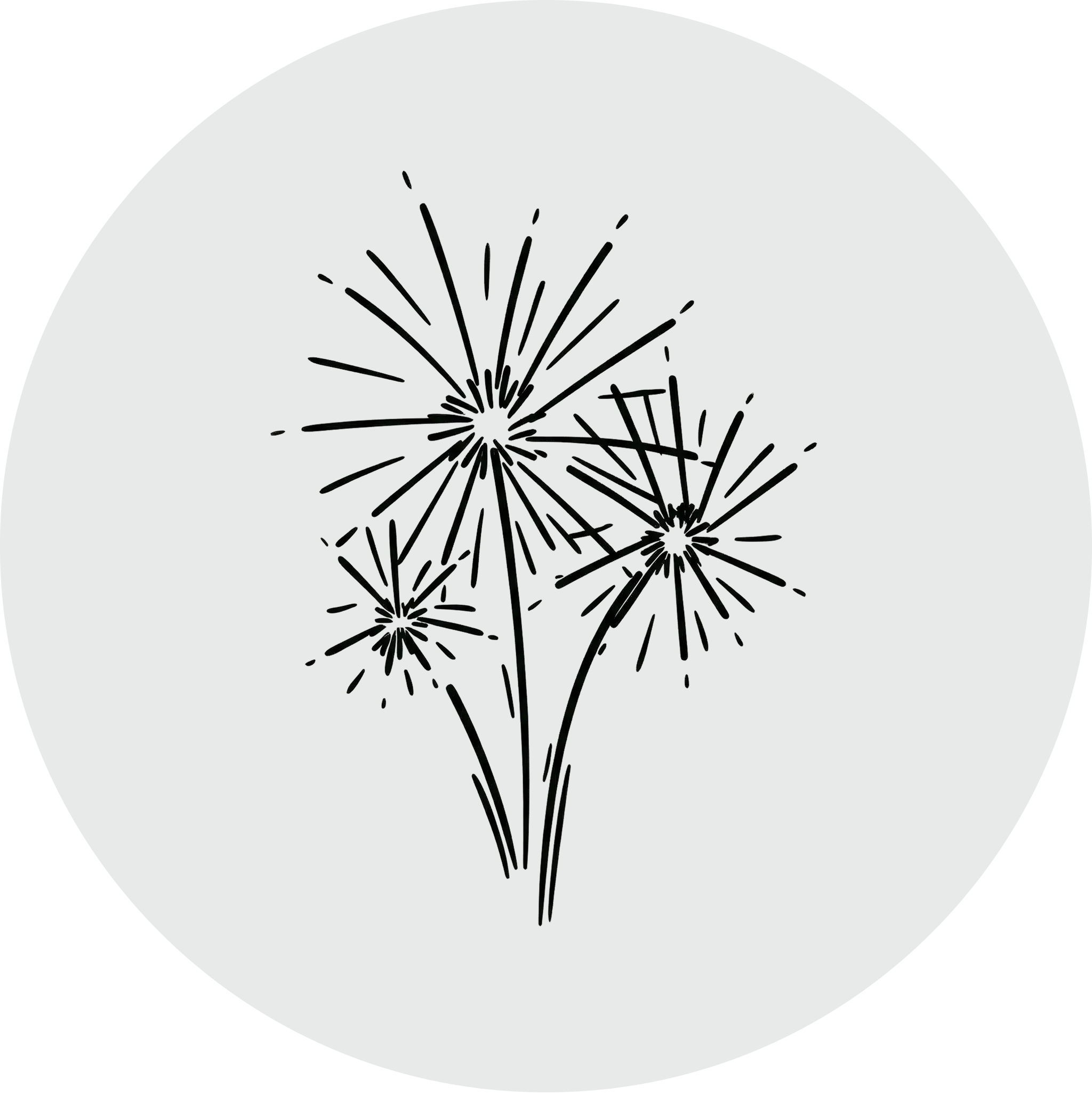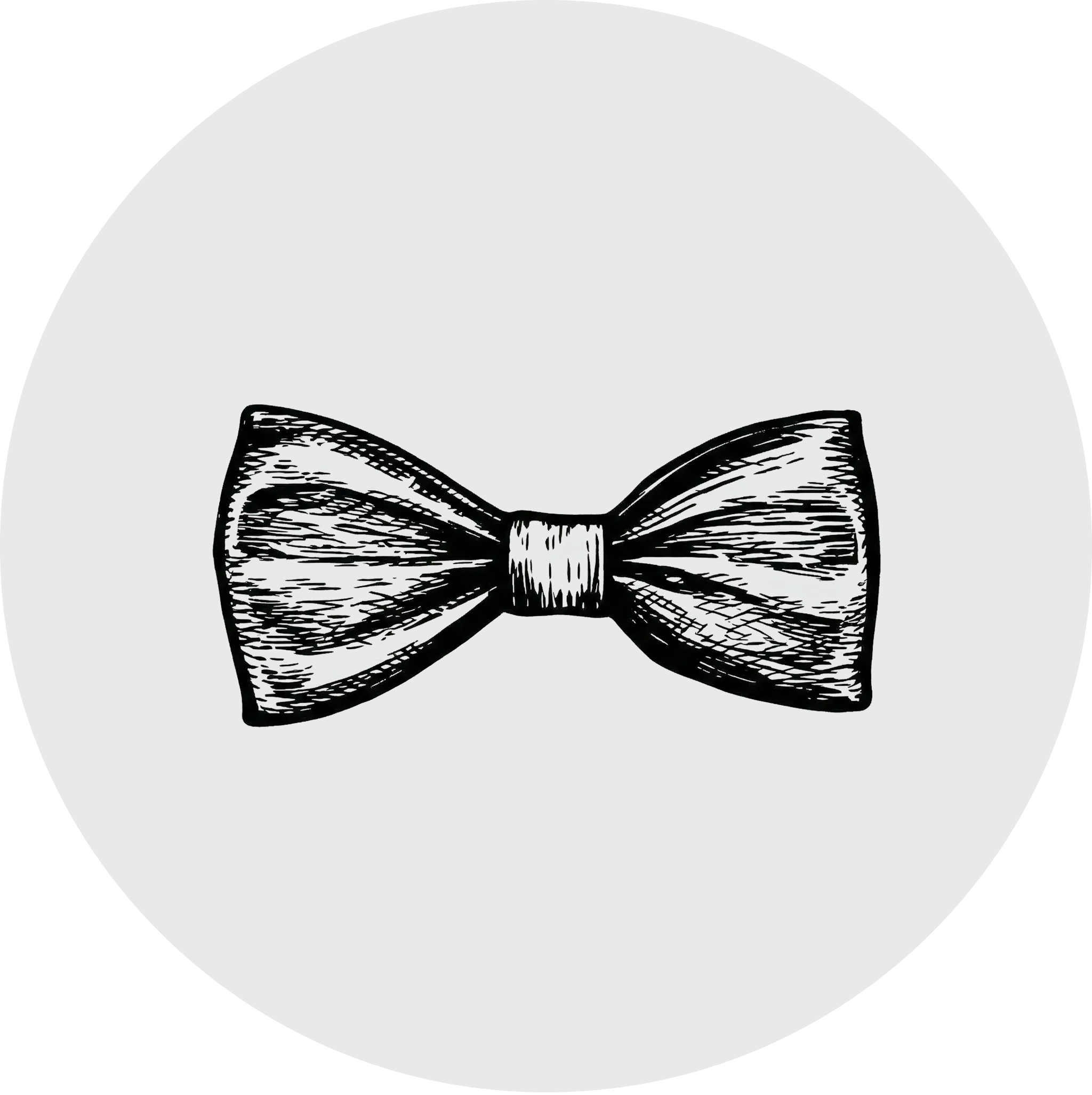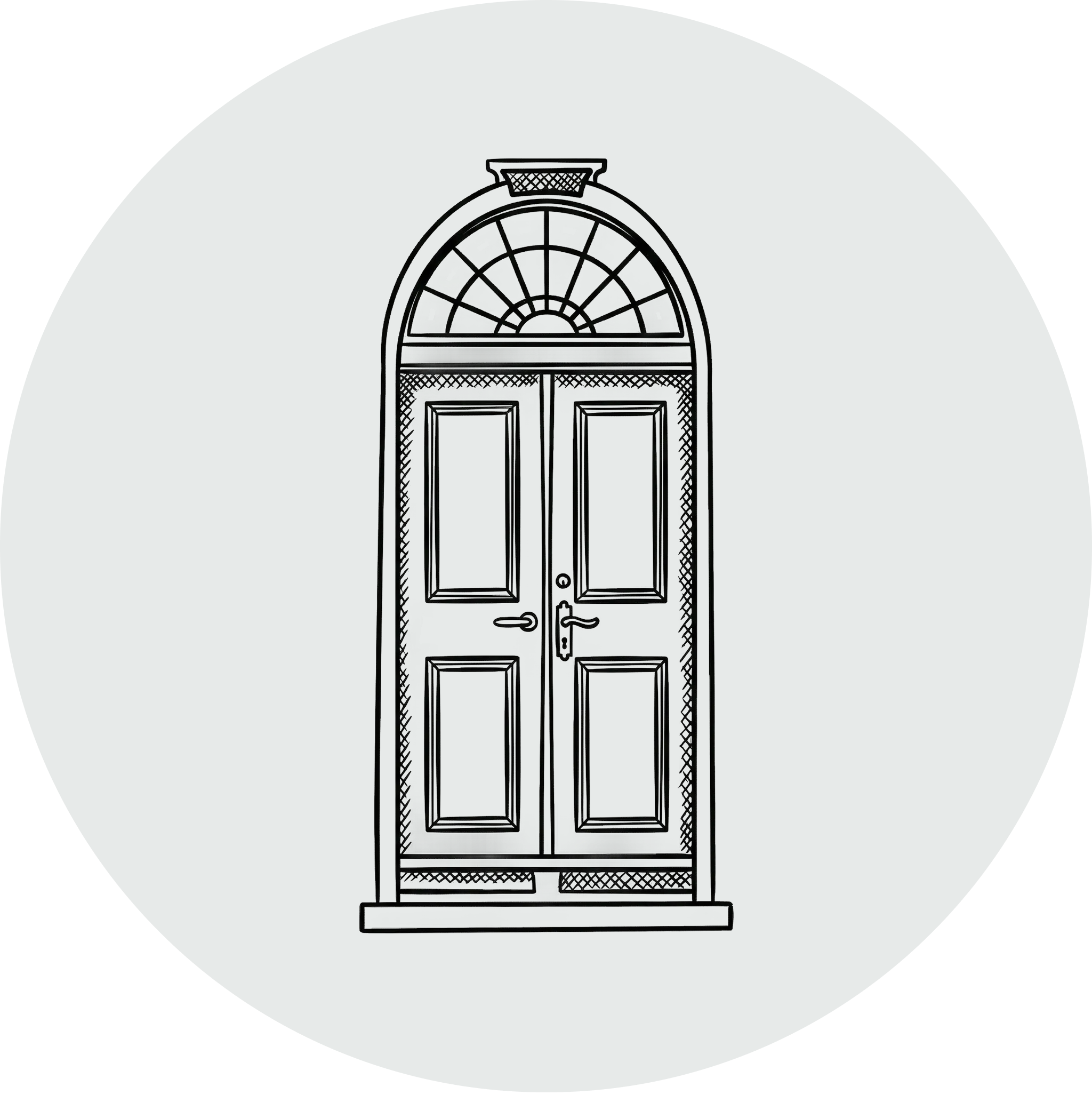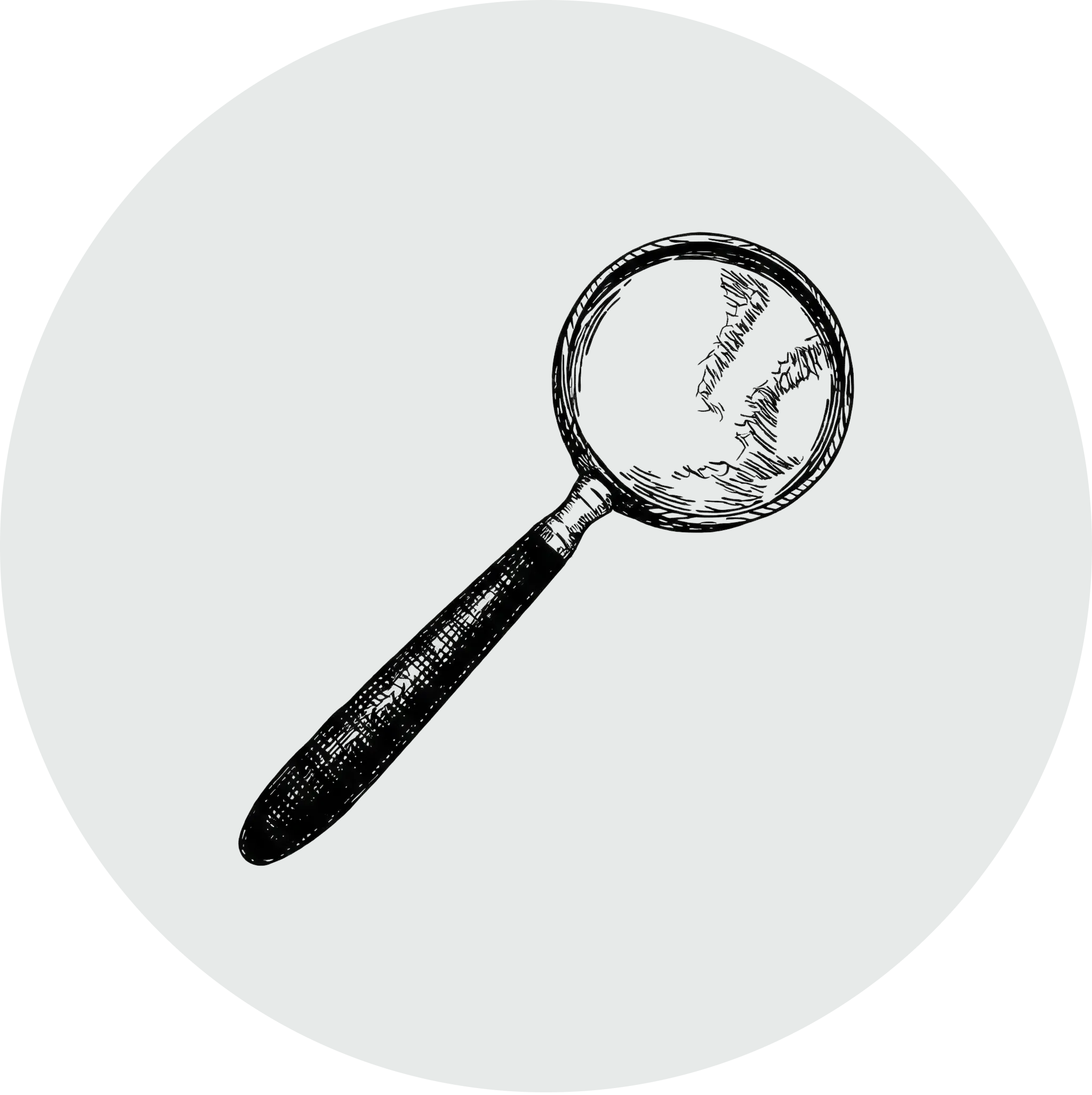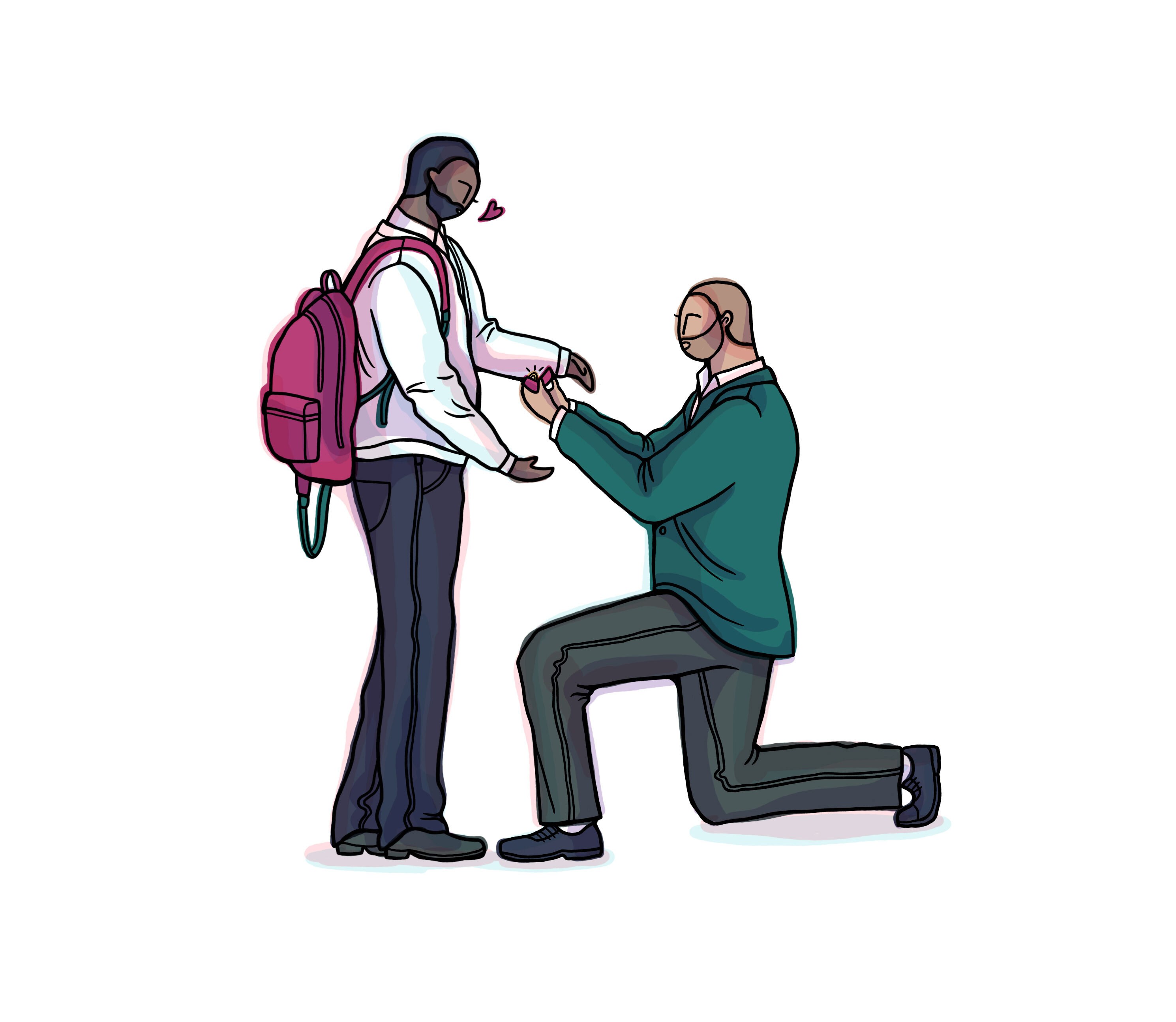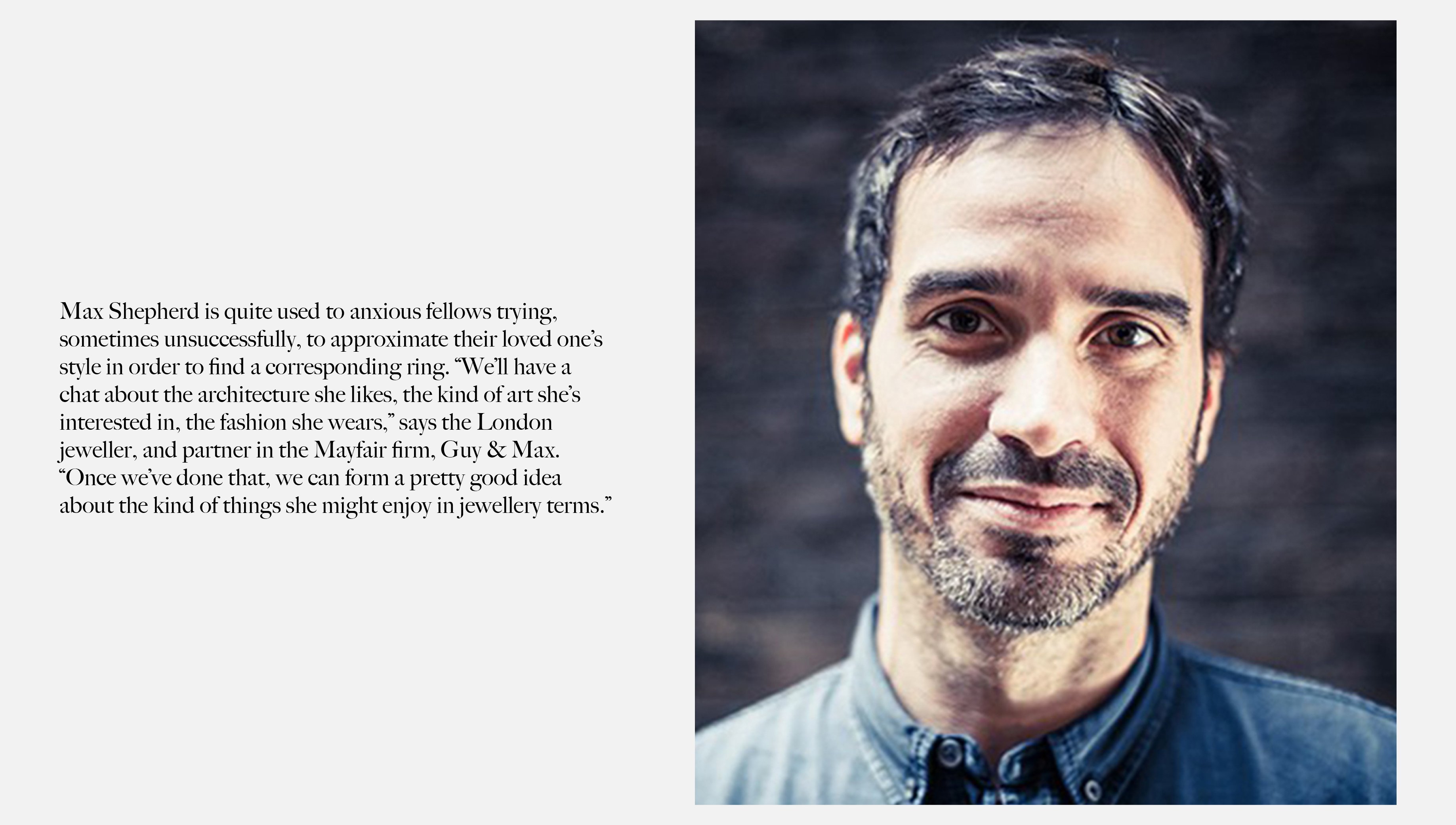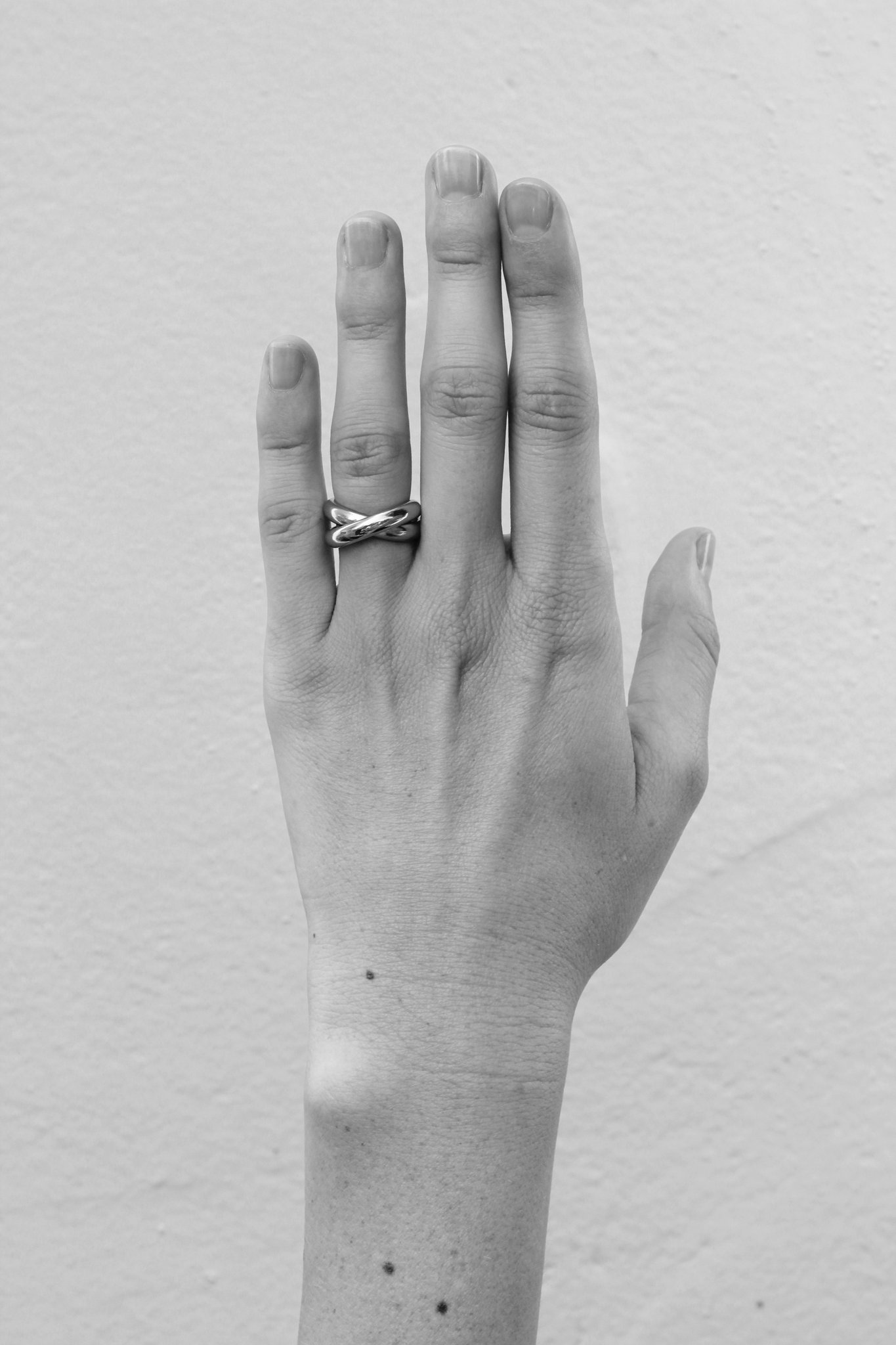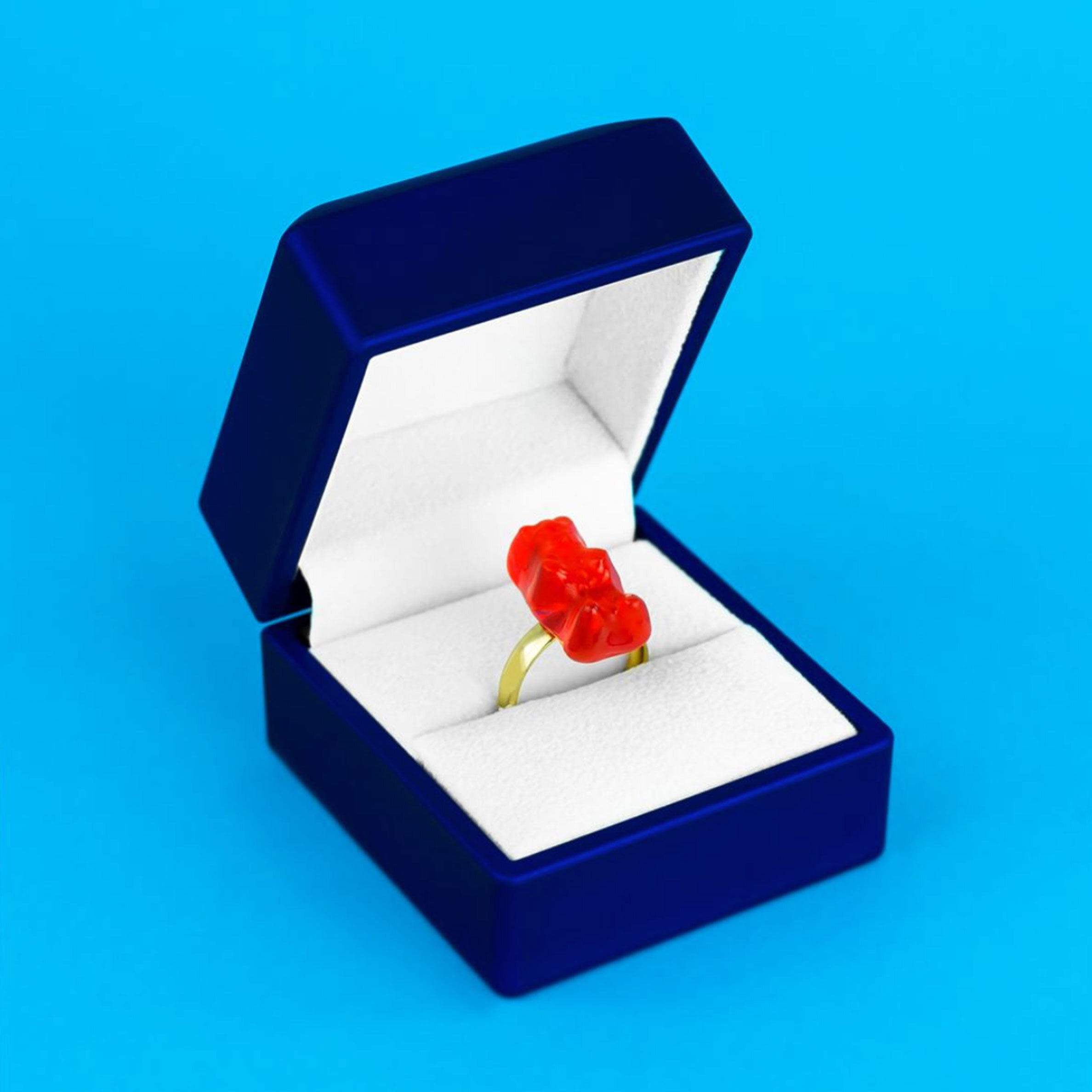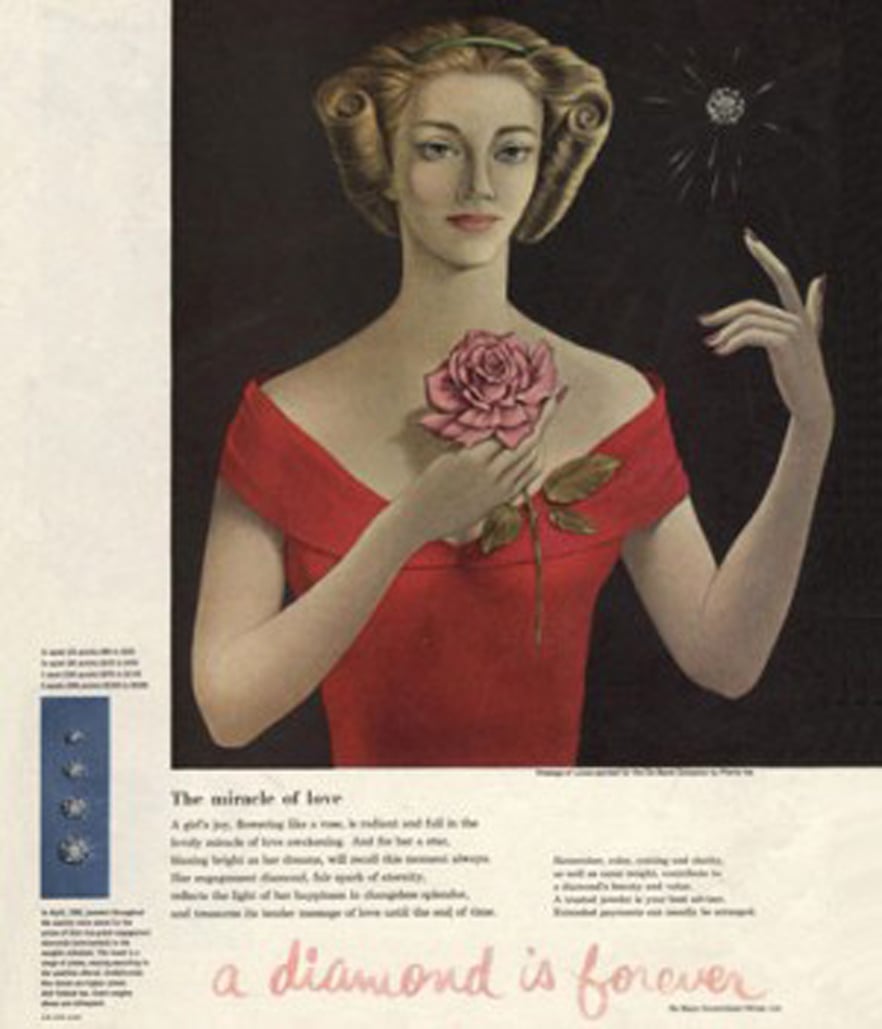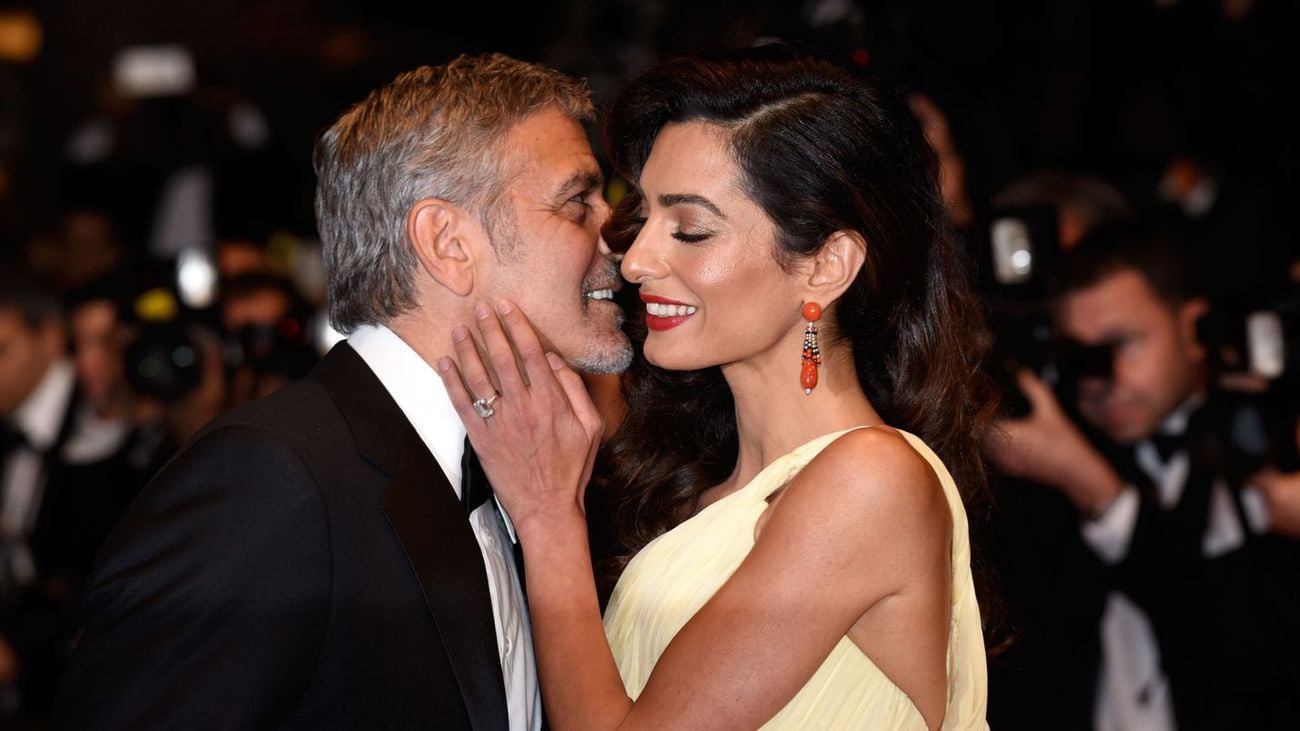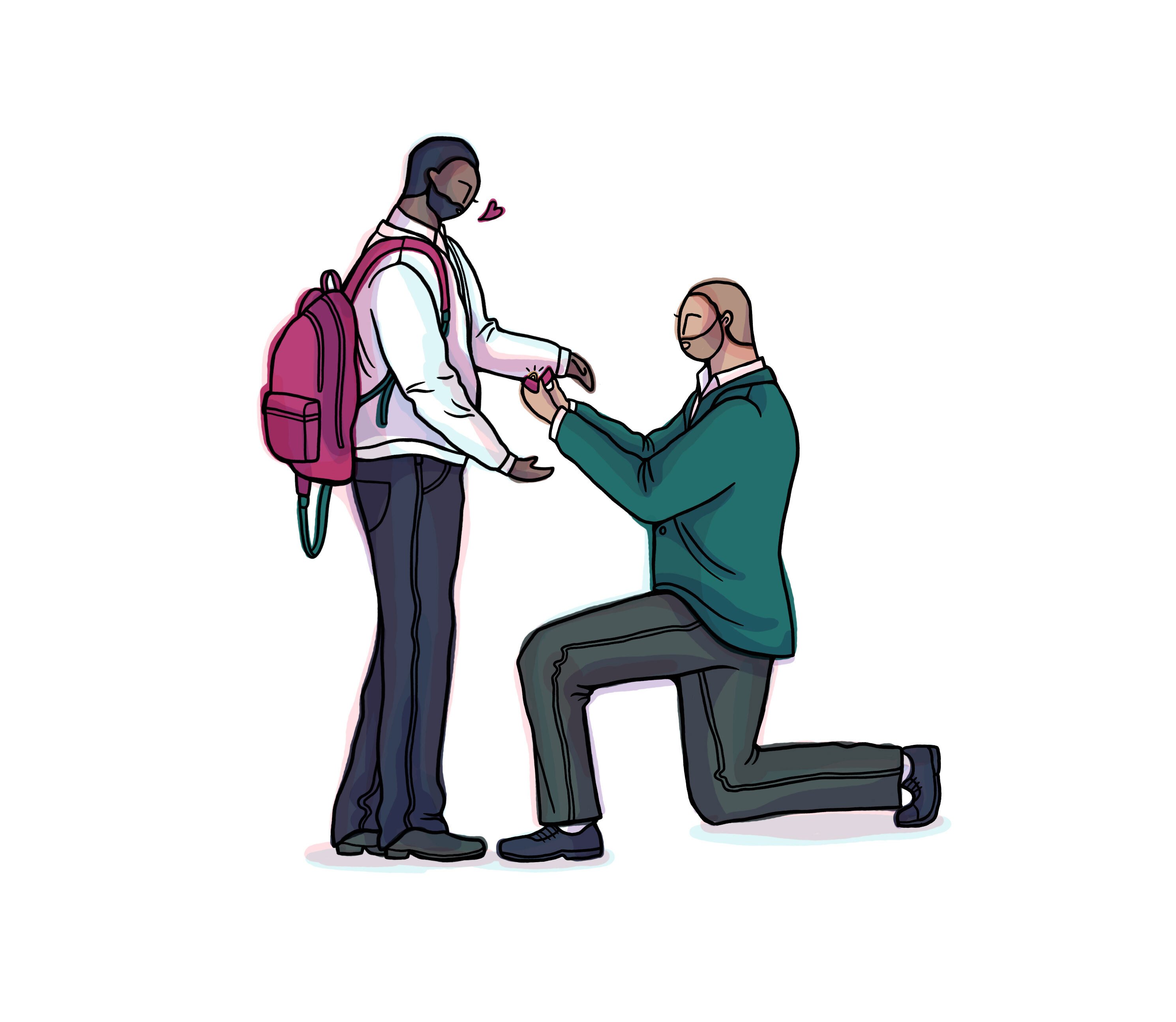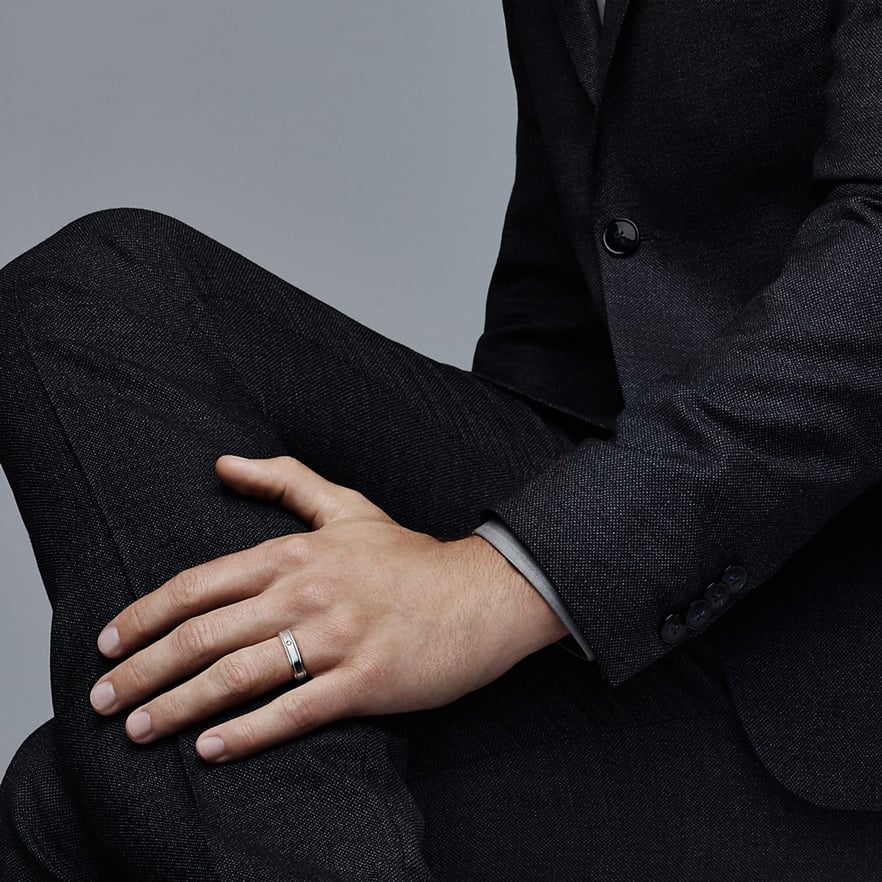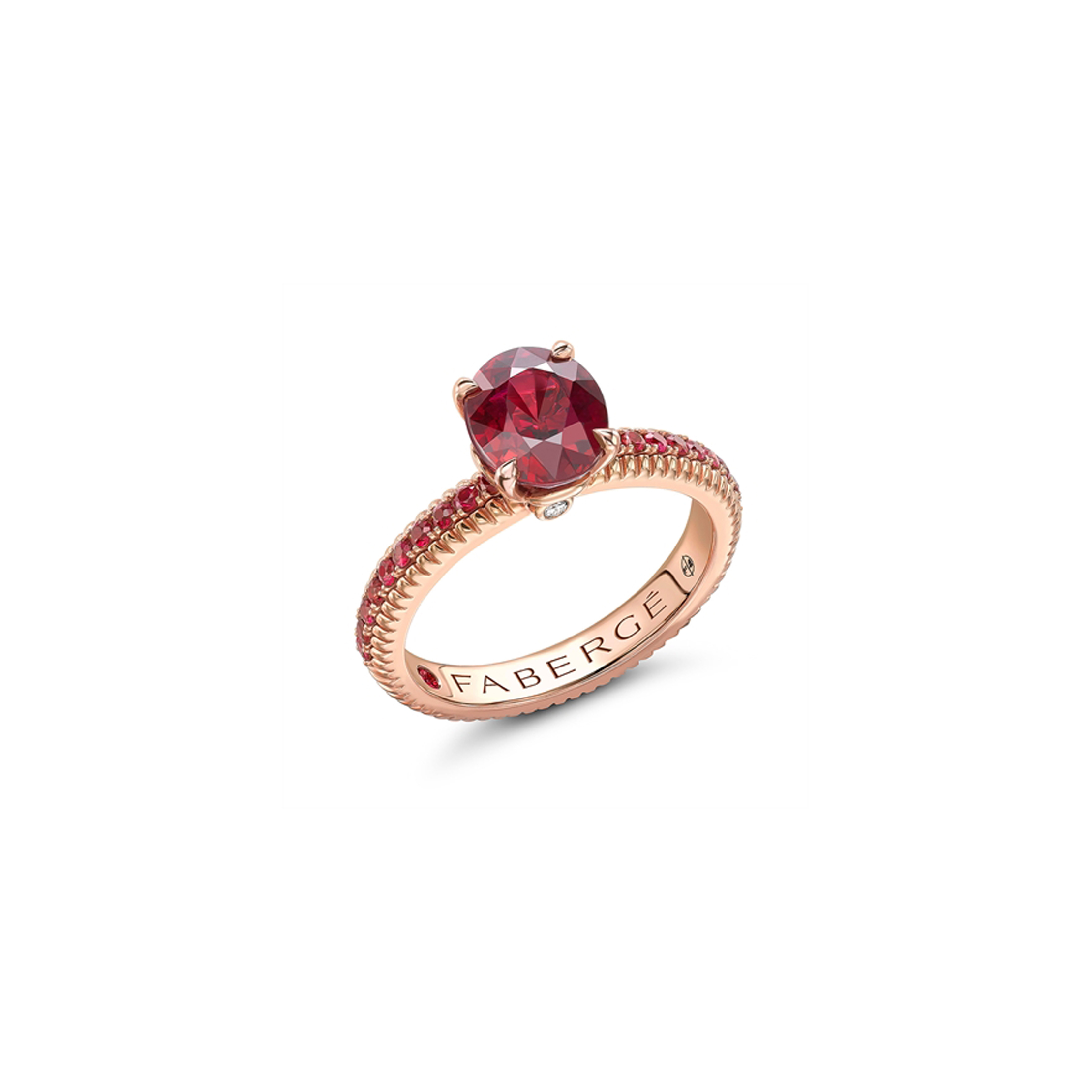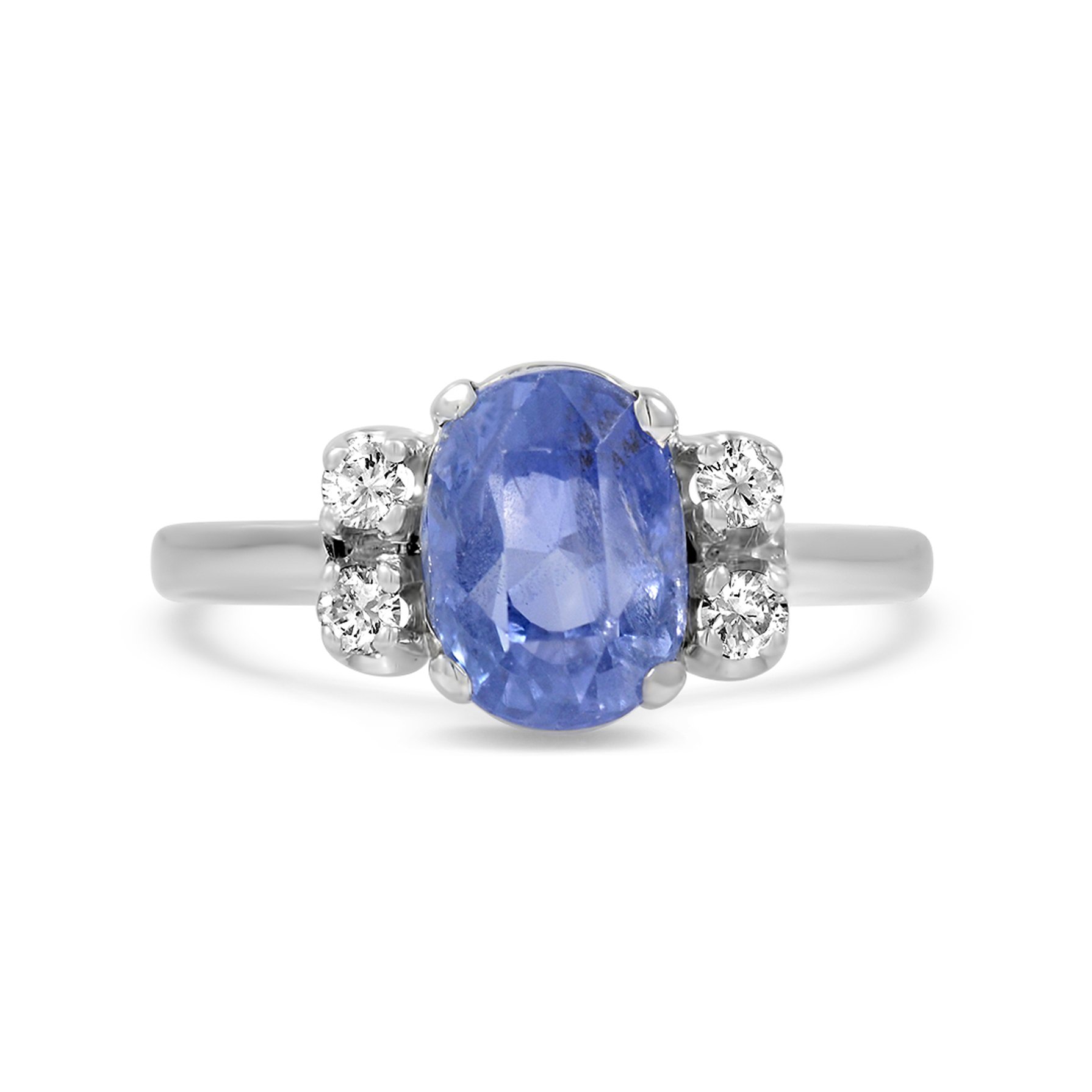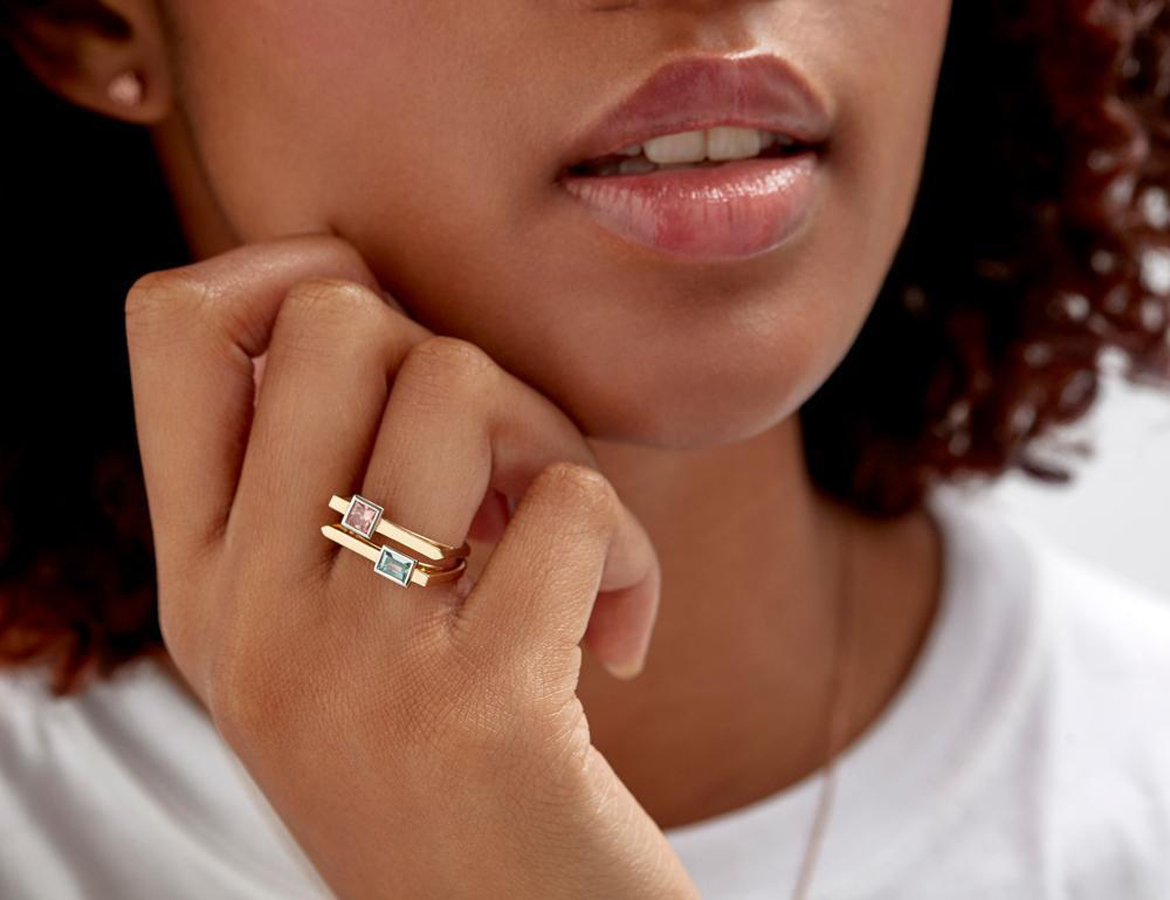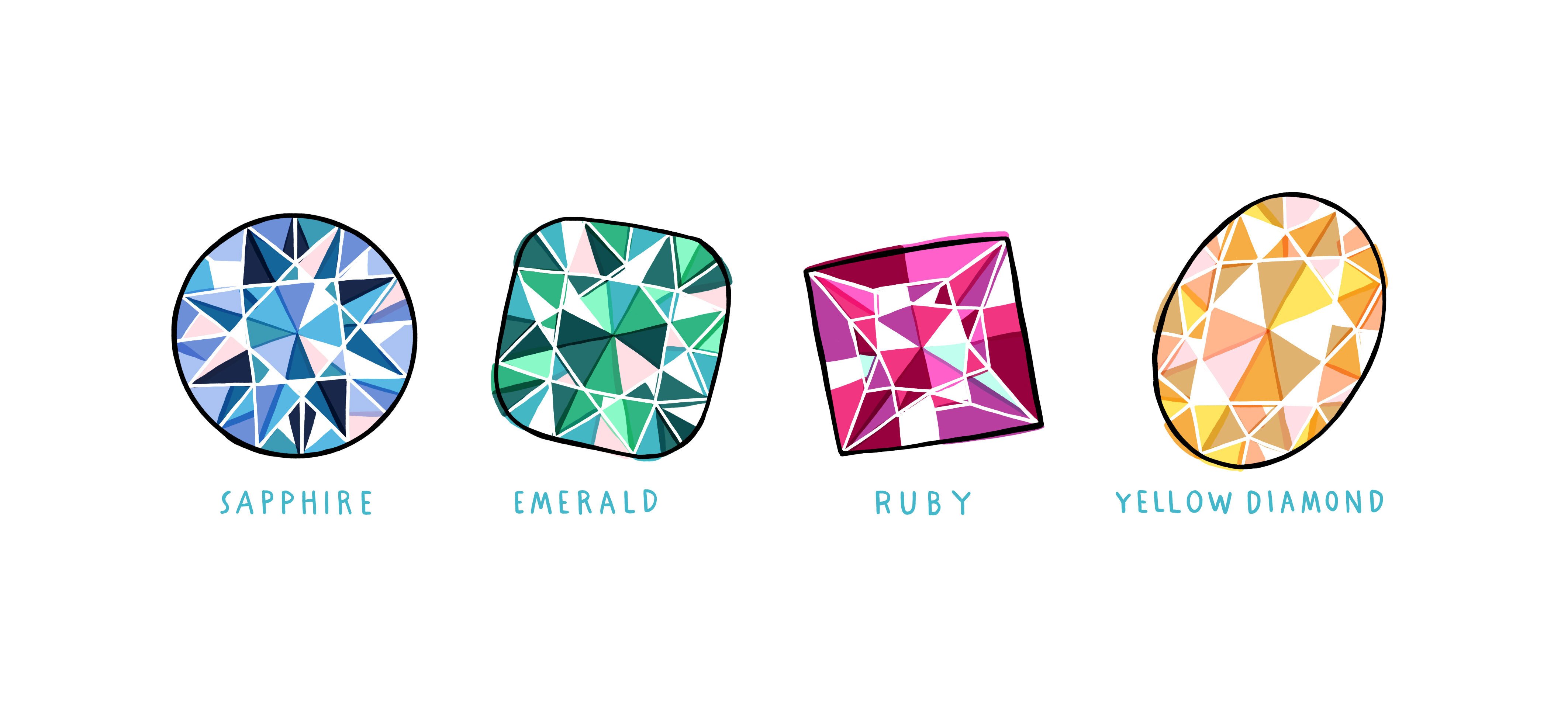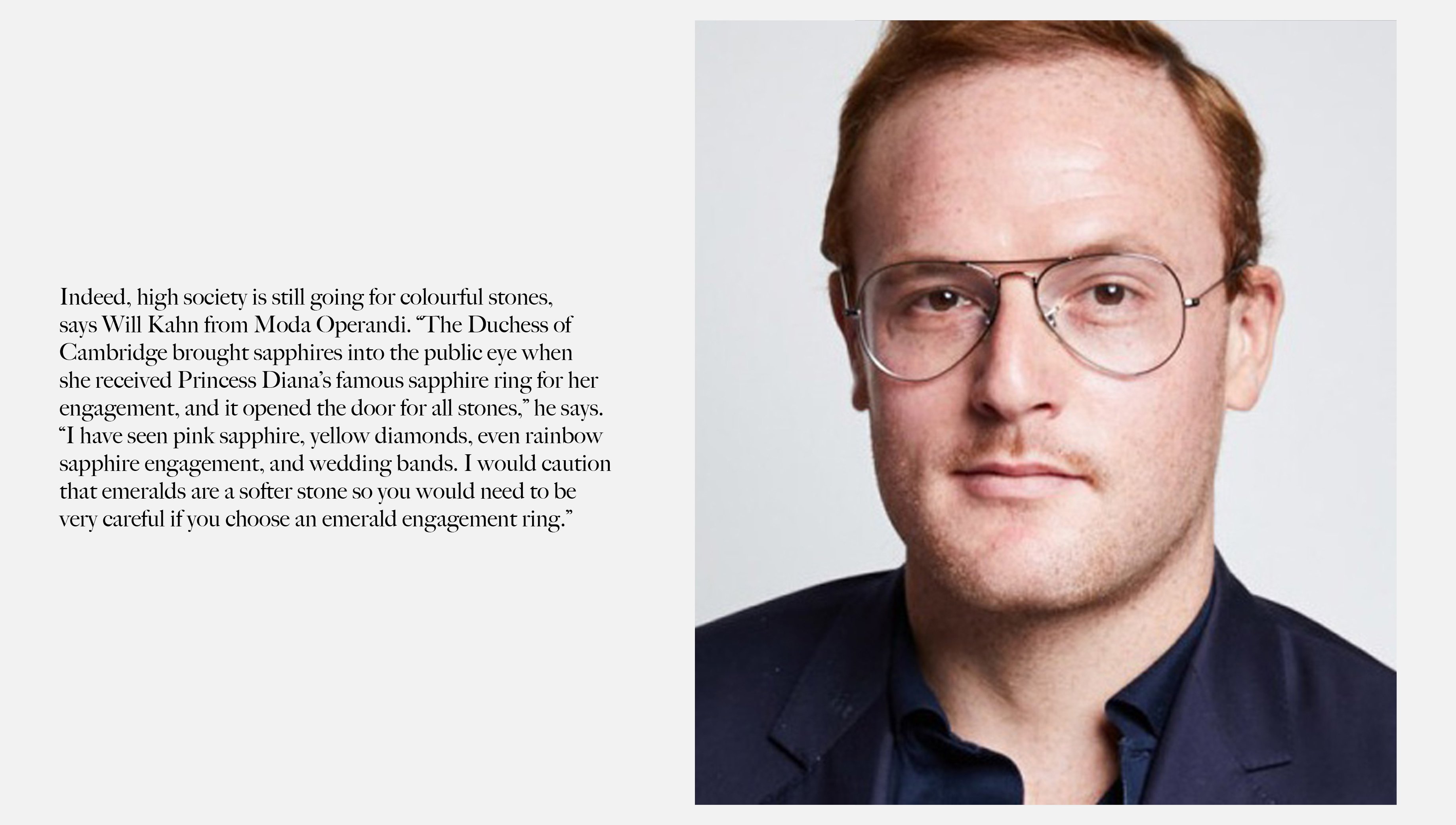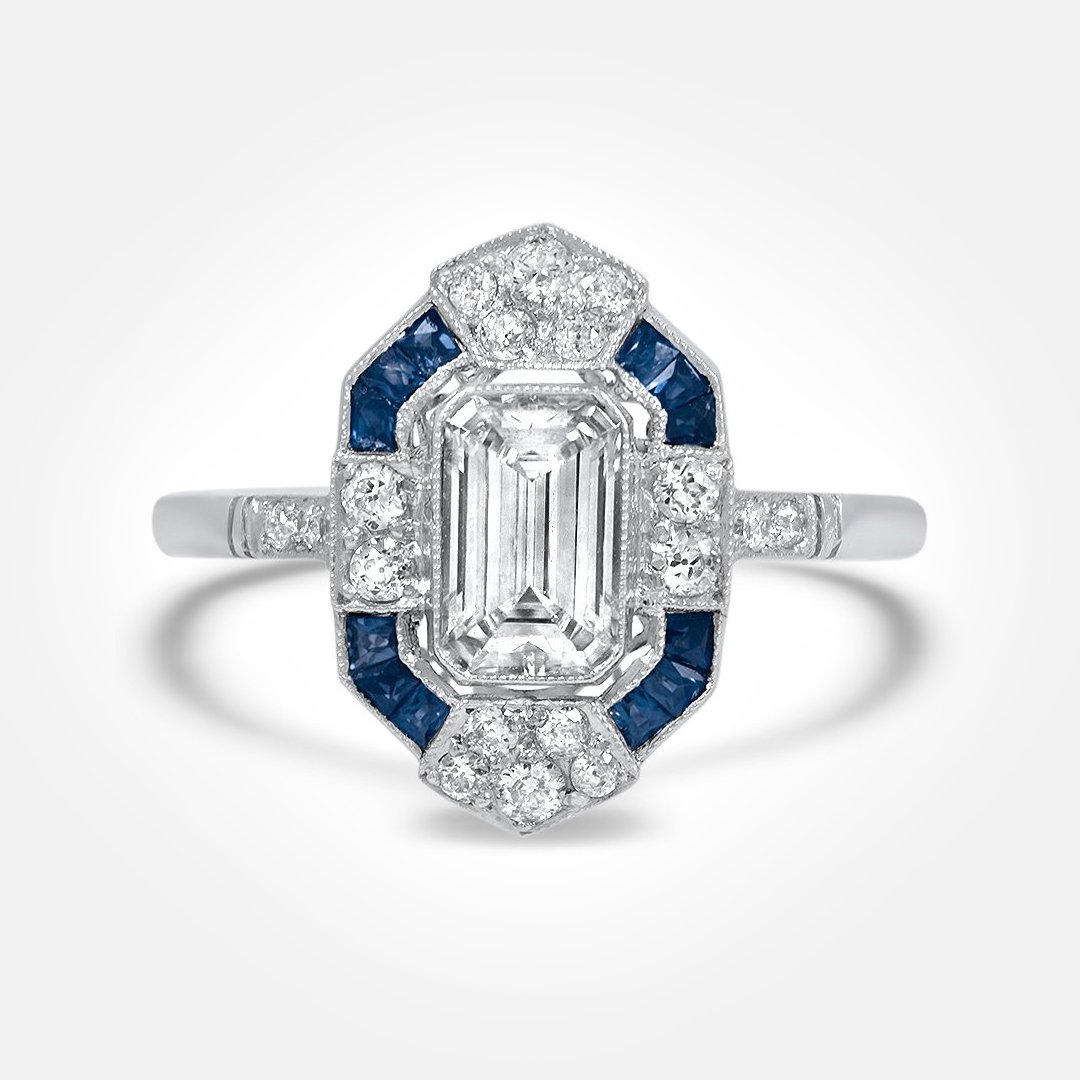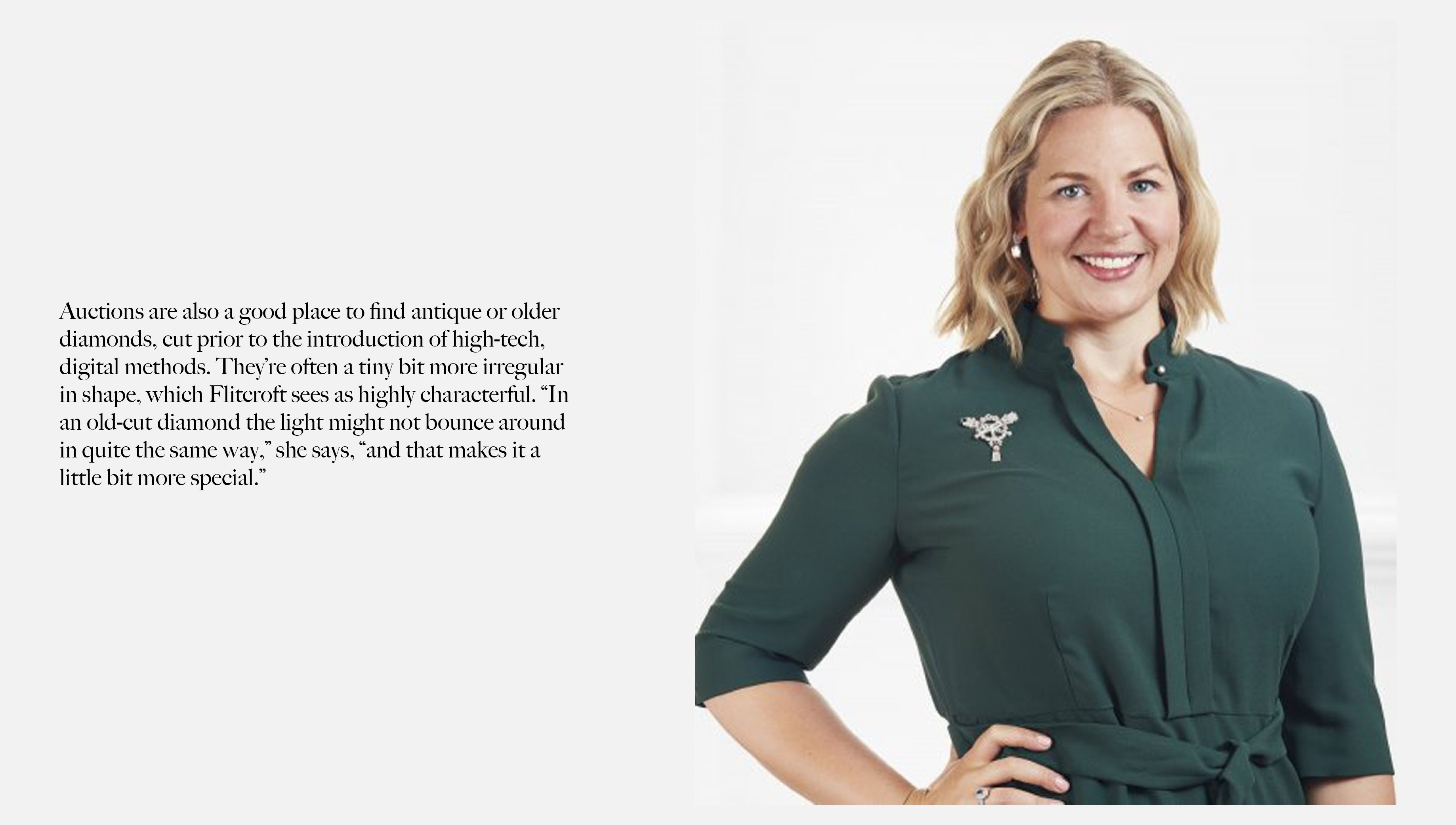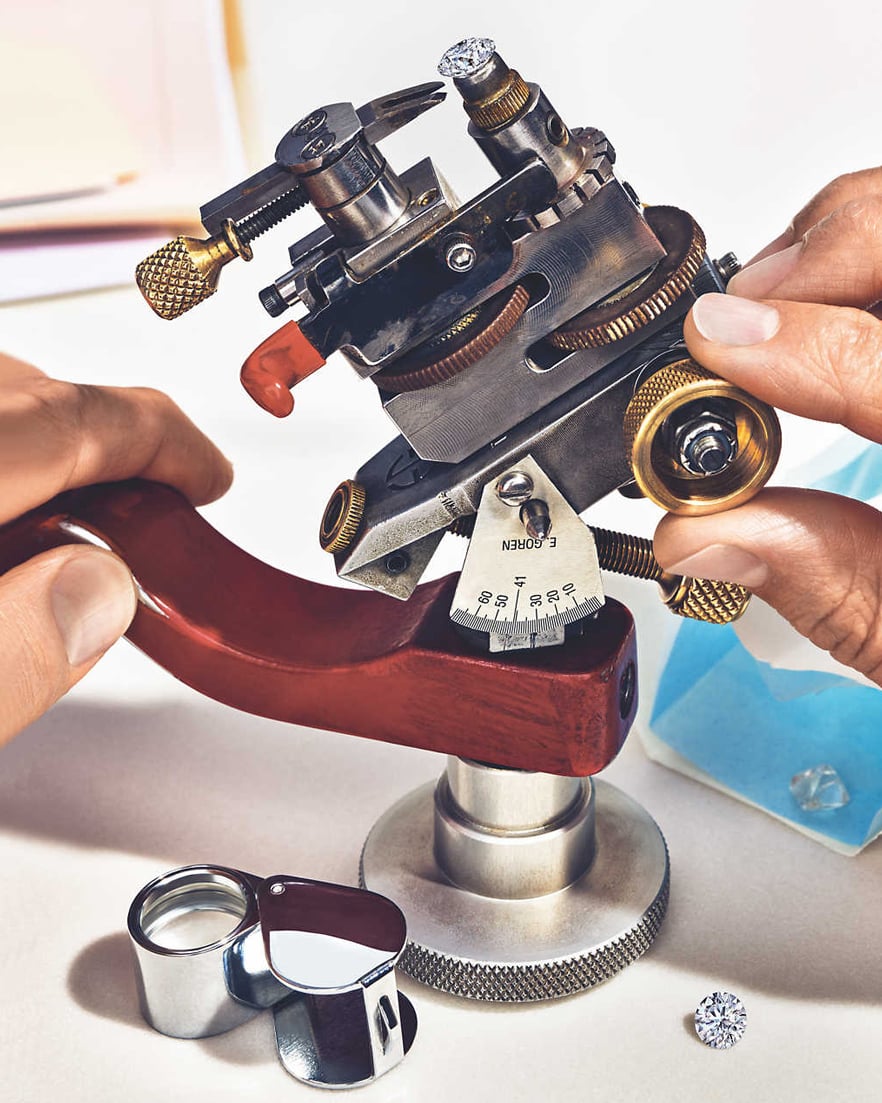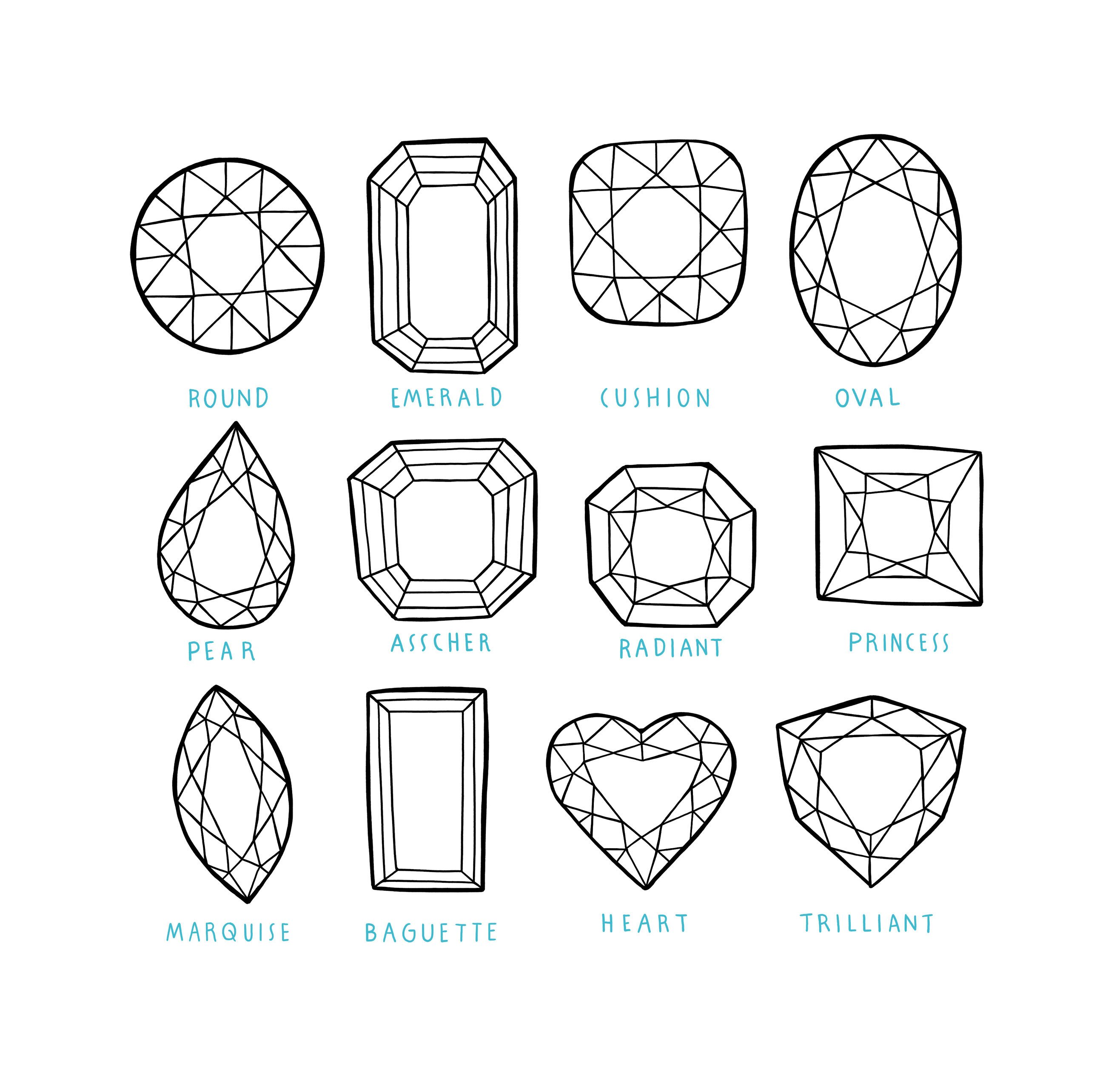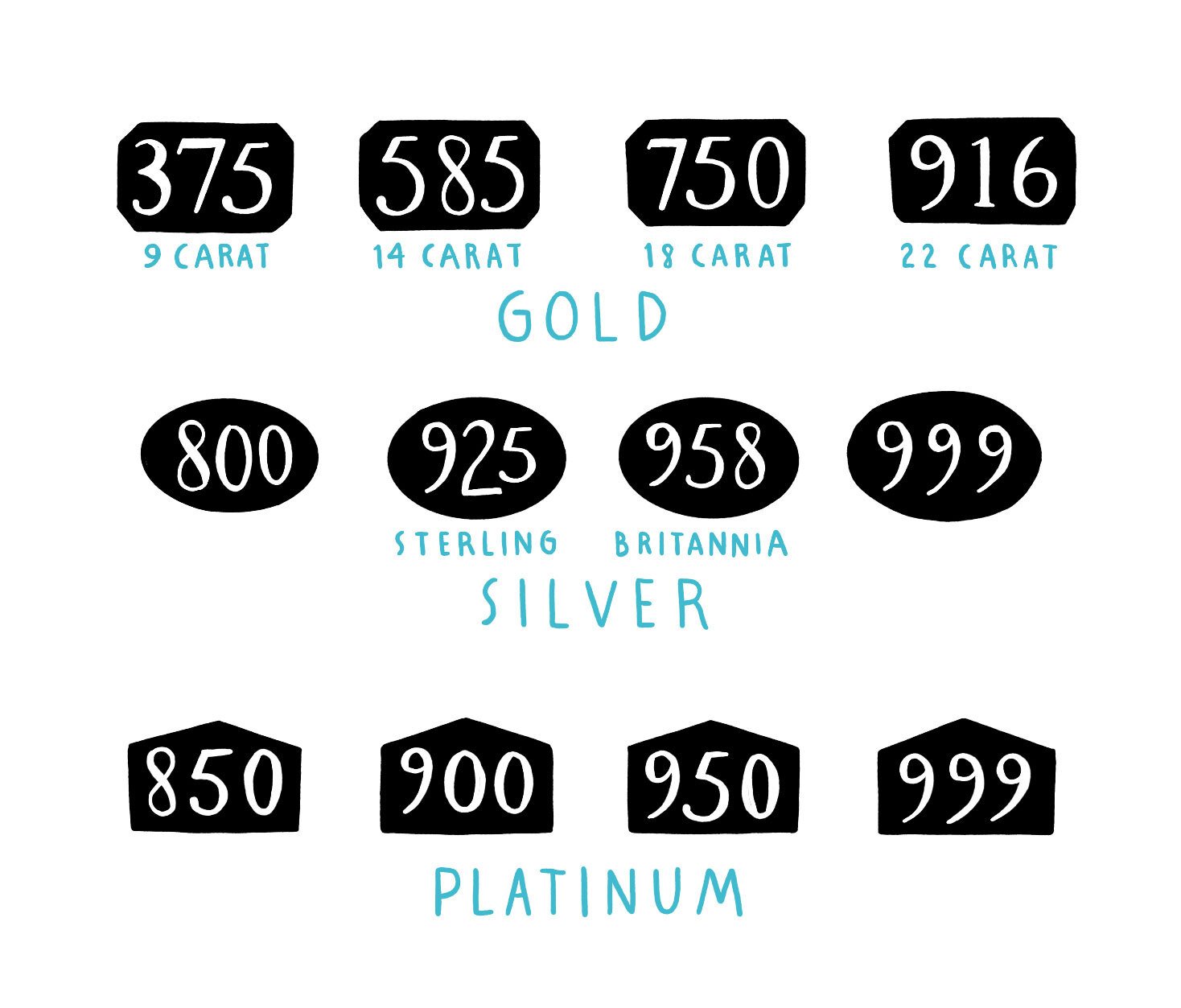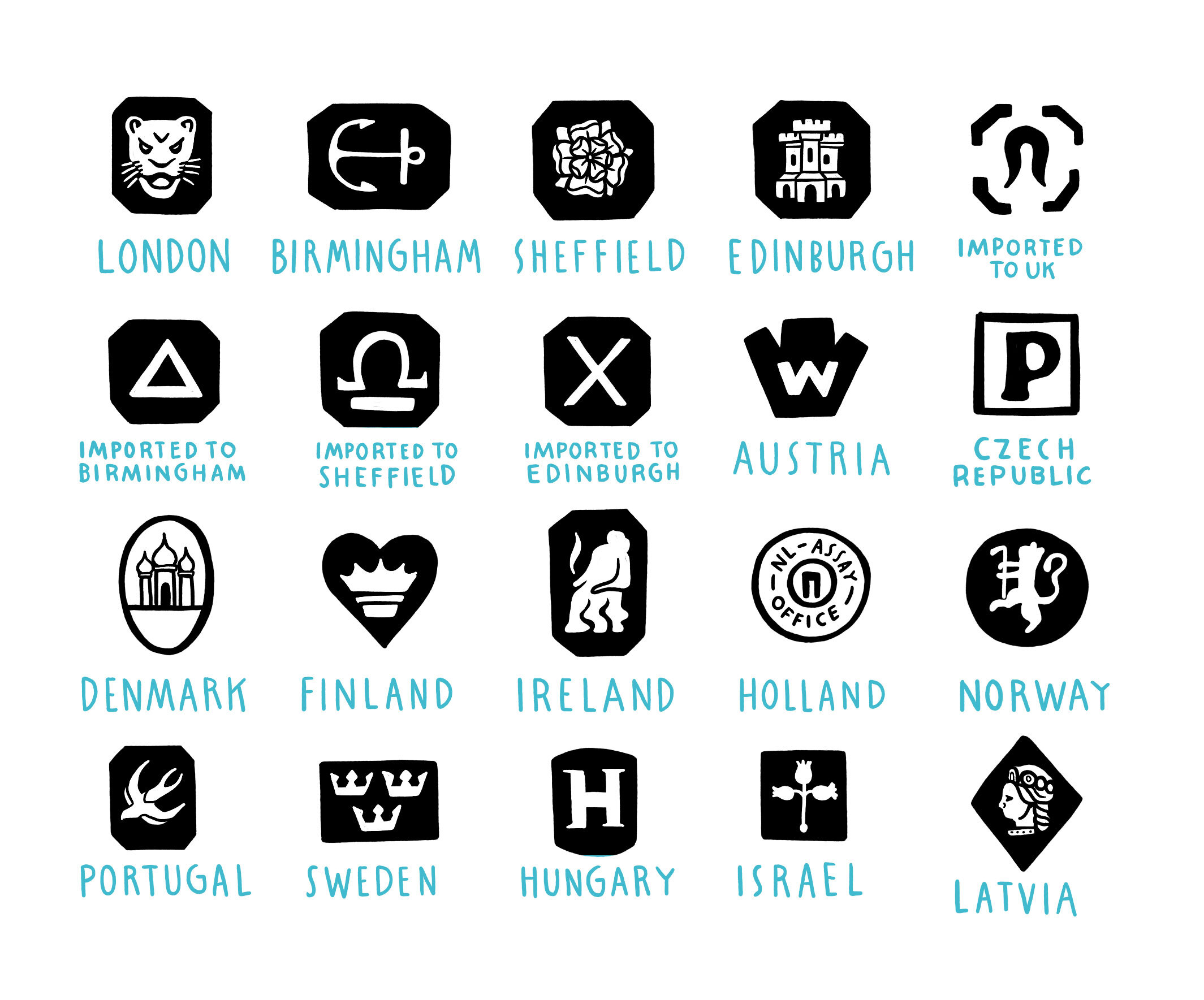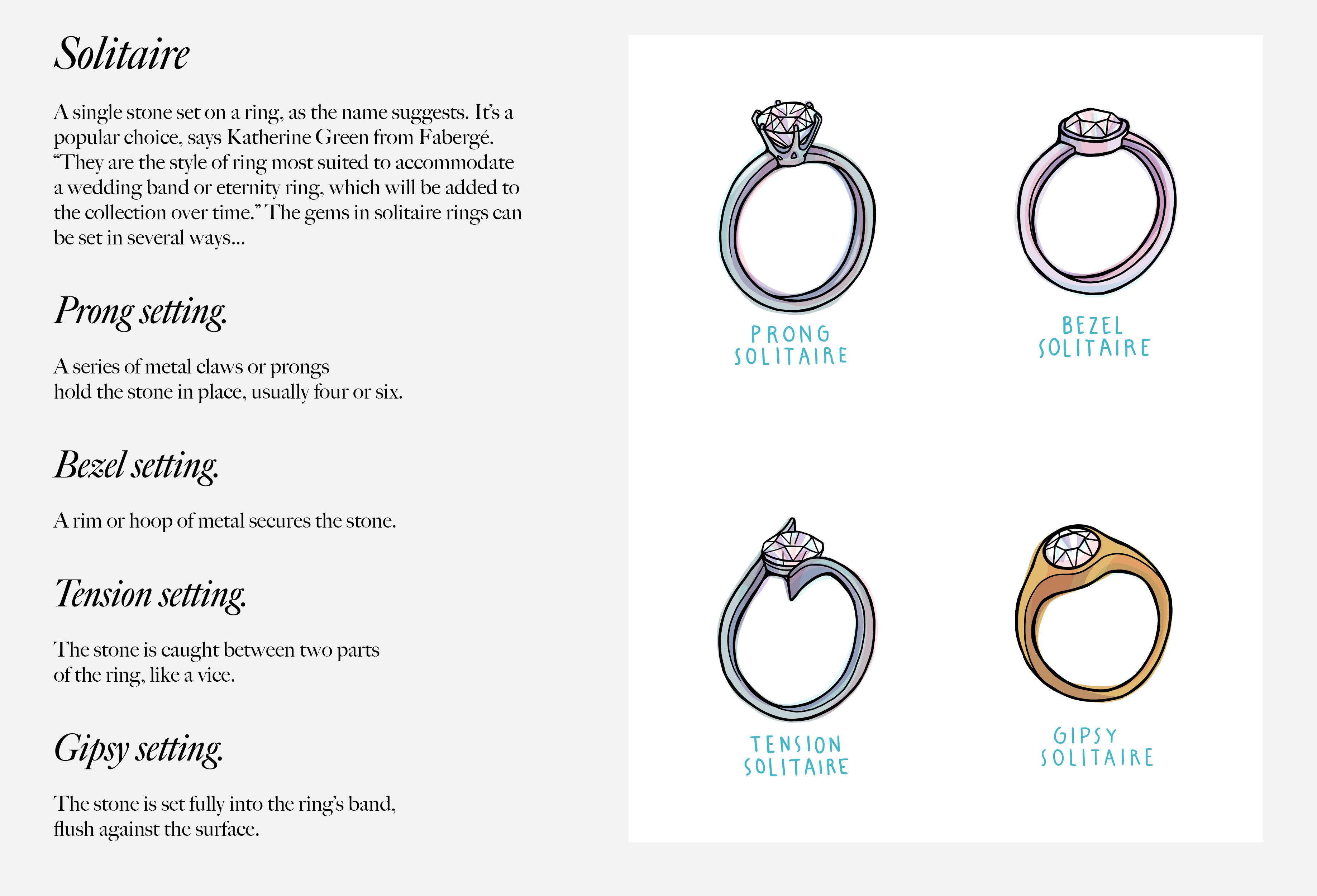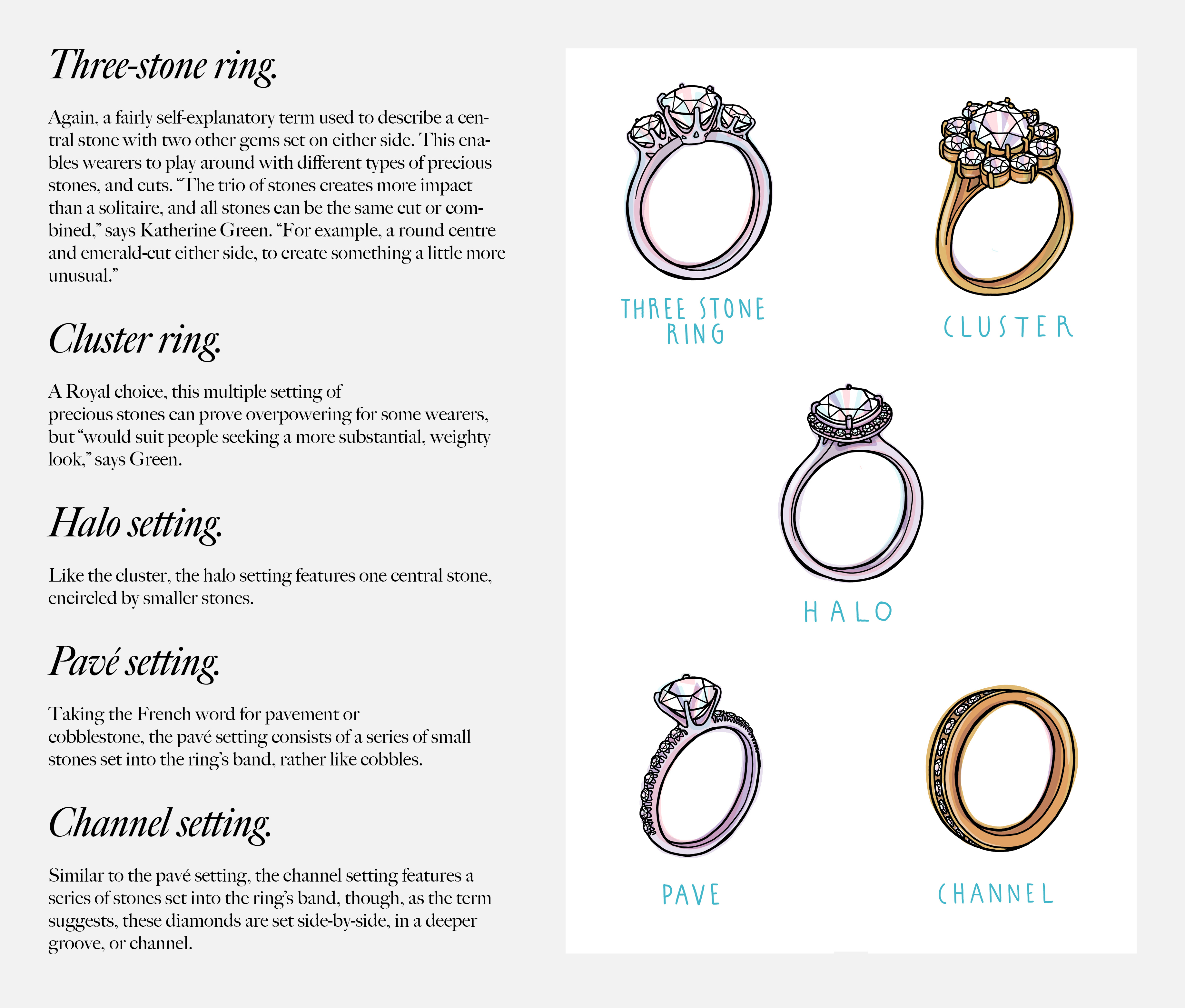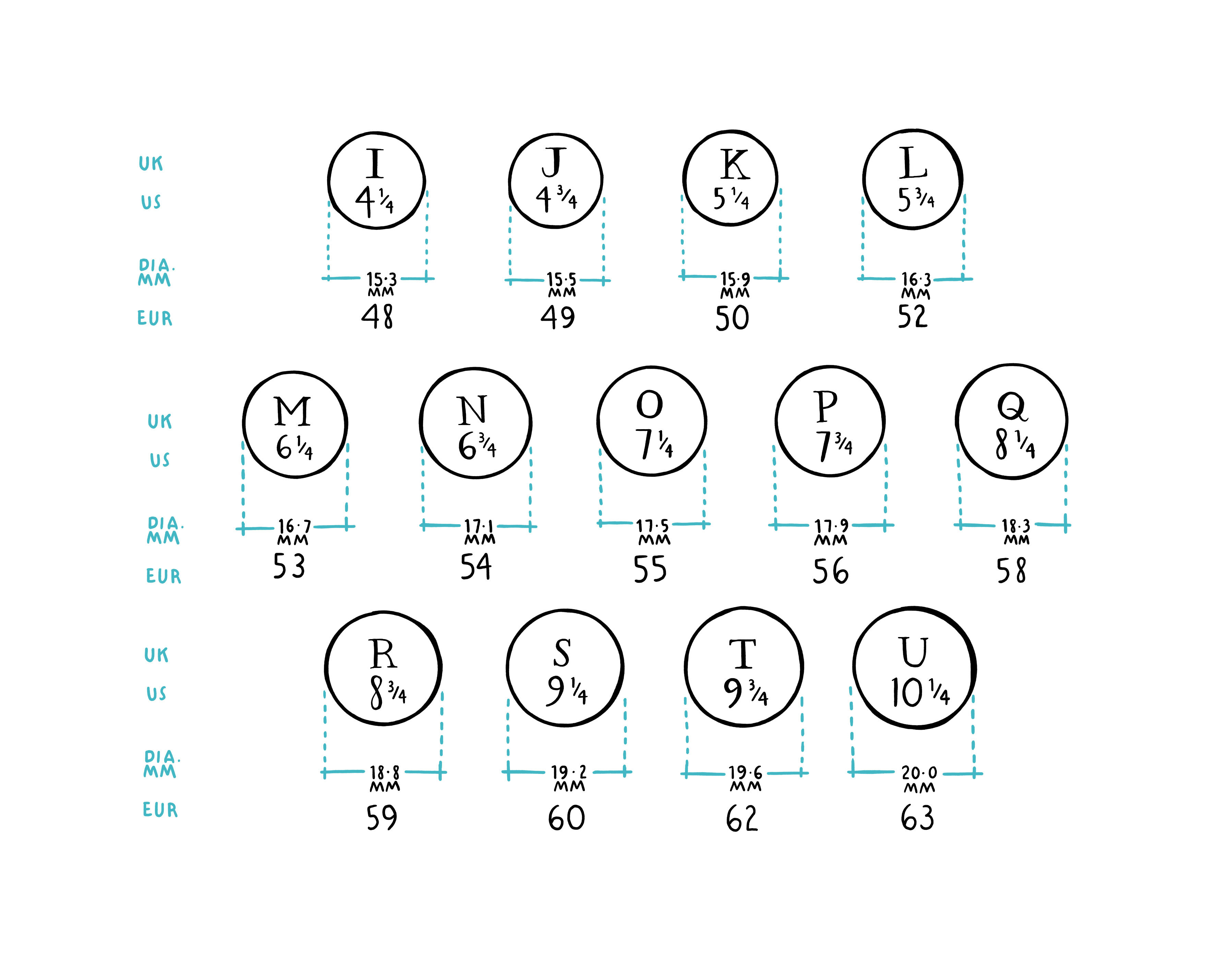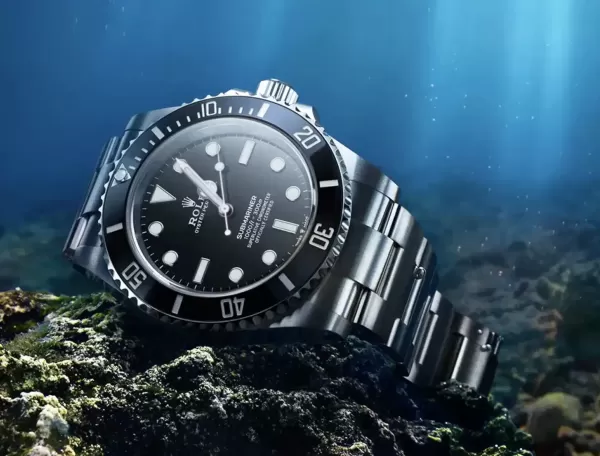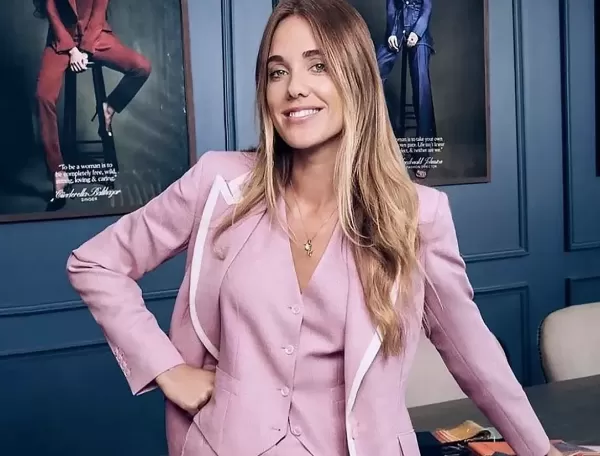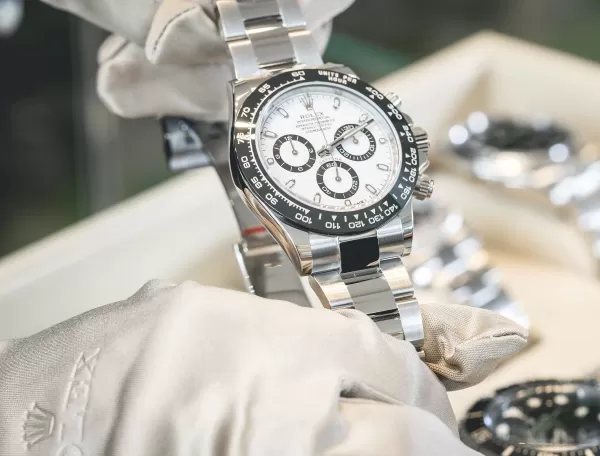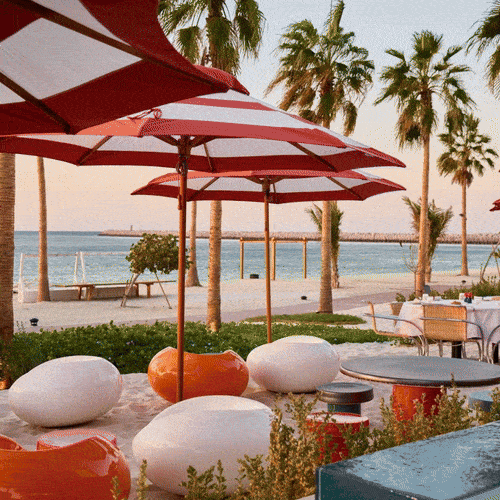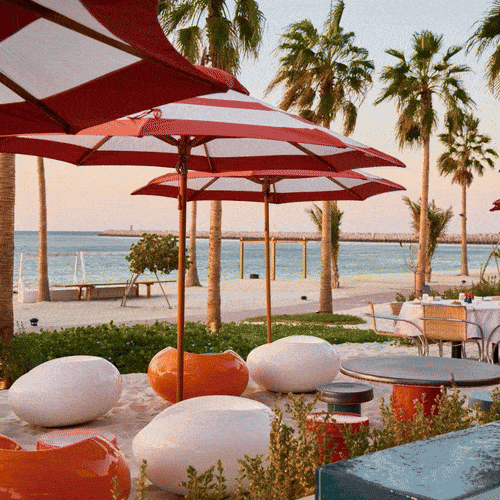Nervous young men window-shopping are not an uncommon sight on Hatton Garden in London, 47th Street in Manhattan, or any other major jewellery district around the world. There comes a time in many fortunate gentlemen's lives when they must combine the perils of love with the jeopardy of an expensive purchase, and enter the engagement ring market—a retail experience filled with myths, obscure terms and many, many opportunities to get things completely wrong.
Fear not, though, we at Quintessentially, the world's leading luxury lifestyle service company, have done quite a lot of the groundwork for you. Read on to learn how you can win out at the upper end of the market, securing a ring that both you and she will love forever.
How to choose an engagement ring
Social media is also helpful in situations such as this. According to Olya Linde, partner in the Moscow office of Bain & Company, and expert in the diamond trade, online influencers are a big part of the business. “Younger generations are also more inclined to consider the opinions of social influencers, customer reviews and ‘likes’ when making purchasing decisions,” Linde said in a recent report. “Social media shopping is expected to increase significantly as the spending power of Gen Z rises.”
If you have a better grasp on your other half’s tastes, you could go for an appropriate designer. Tiffany & Co offers rings created by Jean Schlumberger, a prominent mid-century designer who worked with Elsa Schiaparelli, a contemporary of Coco Chanel; auction houses such as Lyon & Turnbull often have vintage and antique by designers such as John Donald, a prominent English jeweller popular with the Royal family during the mid-to-late 20th century; meanwhile online retailer Moda Operandi stocks pieces by popular emerging designers such as Sophie Buhai, a Californian designer with a beautifully minimalist aesthetic.
How to choose a ring together, and the placeholder ring
If you prefer a proposal with fewer surprises, you can always pop the question first, then shop together. Kate Flitcroft, head of jewellery at the London auction house, Lyon & Turnbull, was presented with a plastic, Princess Diana-style ring by her fiancé before they went on to buy a real engagement ring together. “He knew I wanted a say, and I still have that plastic ring as a memento,” she says. “I think a placeholder ring is a great way to go.”
Feel free to indulge in a little kitsch when buying a fun, placeholder ring. After all, this is just something to present to your loved one, before making the big purchase. If Royal weddings are a big thing for you guys, why not go for a copy of a well-known engagement ring, such as a copy of Princess Diana’s sapphire and diamond ring. Fun copies are available from eBay, Amazon and other online retailers for well under £100.
If you prefer a classic cinematic reference, why not pick up a Cracker Jack ring, such as the one Paul Varjak gives Holly Golightly in Breakfast at Tiffany’s. Cracker Jack, the American snack food, no longer gives away gifts in its boxes, but there are plenty available for sale via eBay. Or, if you feel like trying something a little more up-to-date, go for a version of Jennifer Lopez’s huge emerald-cut diamond ring, which her fiancé Alex Rodriguez gave to her in early 2019. Again, you can find faux, inexpensive versions online. And if you and your partner have a sweet tooth, you can even go down the confectionery route—a few couples have proposed with a Haribo candy ring.
The engagement ring budget, and the myth of the salary multiplier
Cost dictates a fair amount of jewellery purchases, engagement rings included. Most people in the engagement ring market will have heard the line that a ring should cost perhaps one, two, or three months' salary. If they have, they aren't taking on a long-held market truism, but instead a well-crafted marketing myth, created during the early 20th century on behalf of De Beers, the world's largest diamond producer.
Up until the discovery of large diamond mines in South Africa, these precious stones were only found in a handful of places in the world, and global production amounted to just a few kilos each year. After the opening up of South African mining, production increased considerably.
To buoy up demand, De Beers engaged the American advertising firm N.W. Ayer & Sons, and began what many regard as one of the most successful marketing relationships in recent history. It was an N.W. Ayer employee, Mary Frances Gerety, who coined the slogan 'A Diamond is Forever' in 1947, and the firm is also credited with the formulating the notion that a ring should cost a certain number of months' salary. Initially, this was set at a single month, though in later campaigns, in different parts of the globe, this increased to two and three months.
The effectiveness of this prolonged campaign is undeniable. Before World War II, Between 1939 and 1979, De Beers' wholesale diamond sales in the United States rocketed from $23 million to $2.1 billion. Yet the salary rule hasn't been adopted entirely—according to 2019 research by the New York Times, Americans spend nearer two weeks' salary on a ring, with average spend just under $2,000. In Britain, the BBC reports similar figures of £1,329 (approximately $1,700), which is again, less than average monthly pay packet.
Of course, Quintessentially members are far from average, and figures for our members are somewhat higher. “We tend to look at rings around the £50,000 mark,” says Olga Sergeeva from Quintessentially shopping. “And when we deal with De Beers that can rise to £250,000 for something truly unique.” Seemingly high, these are still low numbers in comparison to some ring purchases. The ring George Clooney bought his wife, Amal, is reported to have cost around $600,000, or £460,000.
Engagement ring buying for same sex couples
For James Barr, comedian and host of the popular A Gay and A NonGay podcast, the idea of buying an engagement ring fills him with dread. "It's not the commitment," he says. "Same-sex marriage is legal now. It's more having to go into a jewellery shop and say, 'I'm buying a ring for my male fiancé'. I guess I'd get shown to the female section, whereas I'd want to see some a bit cooler, for a man.”
Barr might be worrying unnecessarily. Tiffany's ran its first same-sex engagement ring advertisement back in 2015; Cartier offers men's engagement rings, and firms such as Proposition Love create rings specifically for the same-sex market.
"I certainly see no difference in our same-sex customers," says Guy Shepherd. "Maybe two men will go for slightly more masculine pieces, while two women might choose more feminine pieces, but that's about it. It's just about two people being in love.”
"We've welcomed an increasing number of same-sex couples over the years," says Katherine Green, Marketing & Communications Manager at Fabergé in London. "These couples predominantly use our bespoke service to adapt pieces in our existing collections to create something reflective of their style and specific requirements."
It doesn't matter who proposes to whom in a same-sex relationship; while some feel better when both partners wear matching rings, plenty opt for individually styled pieces. Afterall, same-sex marriages have become legalised relatively recently, so you really shouldn't feel hidebound by tradition.
Ethical considerations of buying a diamond ring
While mining for precious stones and metals can provide employment and income for developing countries, sometimes the revenue from diamonds and other gems can finance less-welcome developments, such as when warring sides in West Africa funded their conflicts via the sale of gems in the 20th century. International legislation passed early in the 21st century, has stemmed the flow of conflict gems, and other players in the market are doing their best to ensure jewellery remains conflict-free.
"We work closely with Gemfields [suppliers of responsibly sourced gemstones, and Fabergé's owners] when sourcing rubies and emeralds," says Fabergé's Katherine Green, "most notably in our Colours of Love collection. The rubies in this collection are from Gemfields' Mozambican Montepuez mine while the emeralds come from the company's Kagem mine in Zambia, offering the wearer a sense of pride and compassion.
"To complement these precious gemstones, we have utilised environmentally 'sustainable' gold ore from artisanal miners in Peru," she goes on, "guaranteeing mercury-free extraction."
Indeed, if buyers make a significant investment, they can visit Fabergé's facilities in Africa, gaining insight into the gem's sources, and the country's broader culture.
However, there are more straightforward ways to avoid these ethical dilemmas. "Vintage rings and old mine diamonds are a great choice for brides who want to make sure their diamond is ethical," says Will Kahn, director of jewellery at the online fashion and jewellery platform, Moda Operandi, "as they are not impacting the current environment."
Guy Shepherd from Guy & Max offers another, equally elegant solution. "We encourage people to find family heirlooms and recycle the gold and gemstones into new jewellery, with us. It isn't quite normal, but we don't do anything normal.”
Synthetic diamonds
There's also another route to a blingy ring. Not all diamonds are mined. Lab-grown diamonds have existed for decades, but it's only within recent years that they've reached a vast market. In terms of the stone's physical make-up, there is no difference between a diamond cultured in a laboratory and one pulled out of the ground. The US Federal Trade Commission acknowledged as much in 2018; it tweaked its definition of the precious stones to take out the word 'natural' thus enabling lab-grown diamonds to be sold alongside mined stones. That same year De Beers launched Lightbox, its own outlet for lab-grown diamonds.
There are a couple of different methods for making diamonds in a lab. The method Lightbox uses is called 'chemical vapour deposition od CVD,' and it builds up stones in a special chamber, minute layer by minute layer. The process takes a few weeks. Lightbox uses labs based in both the UK and the US.
Within the jewellery community, views are mixed on lab-grown diamonds. Some see them being ingenuine – though they are atomically identical to a naturally formed diamond – while others suggest lab diamonds will never have the cachet or rarity value of mined diamonds since, in theory, labs could produce an infinite number of diamonds, while there are a fixed amount lying within the earth. However, given that it's quite a new process, there are almost certainly fewer lab diamonds in circulation than mined diamonds. Others, keen to dodge the ethical difficulties some mined diamonds pose, feel lab diamonds are a safer option. Ultimately, the decision is a personal one, as most consumers looking at an engagement ring will not know whether the stone came from a lab or a mine.
Alternatives to the classic diamond
Don’t like diamonds? That’s okay...
Diamonds really aren't forever. "The majority of people go for diamonds, but I've definitely noticed a change over my lifetime," says Guy Shepherd of Guy & Max, "and this is the son of a diamond merchant speaking. I don't think the latest generation coming through are enamoured by diamonds.”
Certainly, Fabergé's owners, Gemfields, aren't wedded to diamonds. The firm specialises in sourcing coloured gemstones and recognises the venerable heritage associated with rubies, emeralds and sapphires.
"Coloured gemstones are the perfect choice for someone who wants a ring that stands out and creates impact," says Fabergé's Katherine Green. "While coloured gemstones may be considered quite a modern choice, they have been popular for well over two centuries. Perhaps the most famous engagement ring of the 18th century was given to Empress Josephine by a young Napoleon Bonaparte in 1776; it featured a pear cut sapphire next to a diamond.
"In 1839, upon announcing their engagement, Albert presented Queen Victoria with a gold serpent engagement ring with rubies for eyes and a large emerald, her birthstone, set in the centre. And moving into the mid-20th century, when John F. Kennedy proposed to Jacqueline Bouvier in 1953, he chose a stunning tapered baguette 2.84-carat emerald set next to a 2.88-carat diamond, with an open-halo setting. Jackie, always a trendsetter, created a wave in women choosing this combination.”
How to buy a ring at auction
If you a ring with character, and are perhaps keen to get more for your money, buying from a reputable auction house could be a wise choice. Kate Flitcroft, at Lyon & Turnbull, believes prices on the auction block can be much lower than at the jewellery store- "you might pay half at auction," she says - though this isn't the only reason to enter the auction market.
"You can find some incredible period pieces: Art Deco, the 1940s, mid-century and earlier," she says. "You might get a Tiffany ring, but you won't have to pay Tiffany prices for it.”
However, to get a vintage or antique ring, you'll have to do a little groundwork. Flitcroft advises buyers to pick out a handful of pieces from the auction's catalogue, either in print or online. Then, attend the presale viewing, examine the pieces, and, if you're shopping together, have your betrothed try the ring on. "Rings always look different when you're wearing them," she says.
Once you've decided on a few options, pick your maximum price, and bear in mind that a buyer's premium, or the amount charged in addition to the final bid – hammer price, as it is known in the trade – is often charged, and usually taxes such as VAT apply to both this fee and the final sale price.
The difference between vintage and new diamond cuts
Like the stone, but hate the setting? That can be fixed
Whether you’re buying at auction, on the secondary market, or inheriting a family heirloom, you needn’t necessarily keep the ring as it is. Guy & Max specialize in reworking the materials from old jewellery into new designs, while Flitcroft also advocates buying a stone to suit you, even if the setting isn’t such a good fit.
Stacking and collecting rings
Of course, if all goes well, an engagement ring will sit beside other pieces of jewellery, such as wedding bands and eternity rings. Some jewellers such as Cartier sell simple and delicate diamond bands, easily collected on anniversaries and special occasions, then stacked over time, making them ideal repeat purchases. Moda Operandi also stock rings by designers such as Sophie Buhai, who offers a stacking range, and Spinelli Kilcollin, whose rings are sold in sets of linked stacks and meant to be worn several on a finger. Bespoke jewellers like Guy & Max set out to create whole suites of jewellery for clients, viewing the engagement ring as just the beginning of the relationship.
When to reach for help
Is this all a little too much information? Well, remember, you're not alone. There are plenty of well-intentioned professionals who can help you with this purchase, and it's sometimes whose to call on a wing-man or woman to help with this buy. Guy & Max offer a salon-style consultation, in order to create something truly appropriate; Cartier has its 'ambassador' service of advisers who can help with purchases, and, of course, Quintessentially is well placed to assist here too.
Auction houses also have dedicated, knowledgeable staff, such as Kate Flitcroft, head of jewellery at the Lyon & Turnbull. "Find someone you get on with, it could be a valuer or a gemologist or a jeweller; but it should be someone on the same wavelength as you," she says.
While you may initially suspect the profit motive would play too great a part in such a relationship, many in the jewellery trade derive the greatest pleasure from seeing their work gild a couple's love. "I might be a gemologist," says Flitcroft, "but I'm also a romantic at heart.”
Diamond and gemstone basics—here’s what you need to know.
From rocks to gems: how is a diamond is cut and polished?
A freshly mined diamond isn't the kind of thing you'd necessarily want to put on your finger. Often resembling a chip of glass or crystal or even a dirty lump of laundry detergent, the stones don't take on their impressive brilliance until they are cut and polished. The techniques behind the stone's manipulation date back to the Medieval period, with many of the preferred diamond cuts originating around this time. However, the technology has truly advanced in recent decades, with modern practitioners being capable of digitally scanning a rough diamond to ascertain the best, most profitable cut before the stone is reworked.
Colour, clarity, carat and cut explained
All diamonds and many other gemstones are graded according to four well-recognised measures, called the ‘Four C’s.’
Carat
This is the easiest term to define. It’s a simple weight measurement. One carat equals one-fifth of a gram or 200mgs. The unit used to vary little bit, from country to country, up until the beginning of the 20th century, when it was standardised. The larger the diamond, the higher the price, and, that price jumps exponentially as the rocks get bigger, with a three-carat diamond often commanding twice the price of a two-carat one. However, going big isn’t always the best option, as some wearers find a large rock doesn’t entirely suit them.
Cut
This doesn’t refer to the specific cut chosen by the diamond polisher (see visual guide), but more the success of the particular shaping, especially when it comes to the way the gem sparkles and reflects light.
Colour
Though a diamond should be a perfect carbon crystal, other impurities occur in the stones, changing their colour. Sometimes these colours can be pleasant and valuable—as is sometimes the case with blue diamonds—though in most instances, a yellow or brown quality will reduce a diamond’s value.
Clarity
Most precious stones have some imperfections. Some are formed deep within the stone; others occur accidentally during the cutting process. The more prominent and visible these are, the more adversely they effect value.
Certificates for diamonds
Most diamonds over a certain size, usually around 0.25 carats, will come with a certificate issued by a well-recognised laboratory, describing its qualities and other characteristics. It's unwise to invest in a diamond without a certificate, says Guy Shepherd of Guy & Max. "There are well-known labs, such as IGI, but also plenty of reputable smaller ones. The thing you need to look out for is the crooked ones that produce certificates to sell their own stones."
These days, given modern cutting and polishing techniques, almost everything on that certificate should be complimentary, and if there is something amiss—or if the stone itself doesn’t match up with the one described on the certificate—perhaps think again about that particular purchase.
Different cuts of diamonds and other stones
- Round brilliant
The most popular diamond shape, the round brilliant is the cut most envision when we picture a diamond. In fact, it’s so definitive that most other cuts are referred to as ‘fancy cuts’. Great for sparkle, a round brilliant is an enduring engagement ring favourite.
- Princess
A squared-off take on the brilliant round cut, this shape gained popularity during the 1960s and remains a popular engagement ring choice.
- Emerald
This rectangular cut was developed in the 14th century for emeralds—as the name suggests—though it suits other precious stones as well.
- Radiant
Another relatively recent creation, this rounded cut comes in a rectangular or square cut and suits both diamonds and emeralds.
- Pear
This centuries-old cut combines the round brilliant and oval cut. It is also known as a teardrop.
- Asscher
First developed at the beginning of the 20th century by a Dutch diamond cutter, Joseph Asscher, this faceted, square-ish cut was most popular during the 1920s, but it has found prominence once more. Well suited to Art Deco-style jewellery.
- Marquise
This elliptical cut is said to have been first commissioned by King Louis XV of France, for his mistress, the Marquise of Pompadour.
- Oval
A halfway point between the round and the Marquise cut, this shape was developed in the 1960s, and remains a blingy, jet-set option.
- Heart
It may look like a recent phenomenon, but the heart-shaped gem cut dates back centuries. In 1562, Mary Queen of Scots sent Queen Elizabeth a heart-shaped diamond ring.
- Cushion
Also known as the miner’s cut, the cushion, a rounded square-ish rectangle, is a well established, old-school cut, popular in the antique market.
- Trilliant
A triangular-shaped cut, the Trilliant was developed in the 1960s, and remain a reasonably distinct and uncommon choice for engagement rings.
- Baguette
These slim, rectangular stones are, indeed, named after French bread. They’re typically too small to serve as ring’s main feature, and instead form part of a greater setting.
Settled on the stone? Now time to think about the metal and the setting.
Choosing the metal for your ring
What is an alloy?
Time for a quick science lesson: pure metals contain one element, distinguishing them from alloys, which are a mix of different elements. Iron, gold, copper, and titanium are pure metals, whereas bronze is an alloy of primarily copper and tin, steel is an alloy of iron and carbon, and brass is an alloy of copper and zinc.
Although gold is from a scientific point-of-view a pure metal, the gold most jewellers offer is alloyed with other metals. Rose gold is an alloy with copper; white gold is mixed with nickel, silver or palladium; and yellow gold might be pure if it is 24-carat, but is likely mixed with copper and silver. Silver is also commonly alloyed copper, and other elements; indeed, you can even get an alloy of silver and gold, called electrum.
Don’t be put off by alloys. It might sound as if you’re getting less precious metal for your money, but often alloys are more hard-wearing than pure metals and are usually a wise choice for rings.
- Platinum
Platinum has a white-metal appearance, and is harder wearing than gold, making it safer for precious stone settings. Like gold, it is hypoallergenic, therefore is very unlikely to cause any skin irritation. Once more expensive than gold, the price of platinum has recently fallen considerably, partly due to the decline in demand for diesel vehicles as it is used on diesel catalytic converters.
- Yellow gold
The most traditional choice for engagement rings, yellow gold is not quite as hard-wearing as platinum and can be alloyed with copper and silver. Again, gold is hypoallergenic, though the alloyed metals may cause some irritation.
- White gold
A popular choice for engagement and wedding rings, white gold has a white-metal appearance. It is usually an alloy of gold and other metals, such as nickel, palladium or silver. The alloys add strength, though some, such as nickel, can cause allergic reactions.
- Rose gold
An alloy of gold and copper, this rosy-hued metal was once popular in Russia and has won a newfound following more recently in the West. It is also a little more durable than other gold alloys.
A word on metal purity
The purity of precious metals is commonly expressed. Karats (US spelling) or carats (UK, though not to be confused with the precious stone unit of weight >>LINK TO CARATS ENTRY<< ) describe purity in 24 fractions, with 24 carat gold being 99.95–100 per cent pure, 18 carat gold around 75 per cent pure, and nine carat about 37.5 per cent pure.
A more exacting measure is millesimal fineness, which expresses purity in parts per thousand, with 999 being 99.9 per cent pure, 750 being 75 per cent pure, and so on. This system is more common in Europe.
Think 24-carat gold is the best? Maybe think again. While it will be the purest, it is quite soft, so many jewellers suggest going for 14 or 18-carat gold for an engagement ring, as the alloyed metals strengthen it, making it more hard-wearing for everyday use.
Engagement ring hallmarks
Precious metals are certified via a stamping process, known as a hallmark. This varies from country to country, though there are some common marks to look out for. This varies from country to country—in the UK hallmarks are overseen by central assay offices whereas in the US, the system is much more informal—and varies from maker to maker, though there are some common marks to look out for.
The main Standard Mark expresses the purity of the metal in millesimal fineness or parts per thousand. Gold’s Standard Mark is octagonal, silver is oval, and platinum is a peaked hexagon.
In addition to this, there is an Assay Office Mark, showing where the piece of jewellery was stamped. The mark for London’s Assay Office is a panther’s head.
Signature jewellery, made by a well-recognised producer such as Tiffany & Co, Cartier, Bulgari, or Fabergé each have their own marks, though these are often just as simple as having the company’s name stamped into the piece.
Of course, they are tiny and embellish the inside of the band, meaning they are hard to make out and interpret—they are best seen under a magnifying glass. If in doubt, consult with a professional.
Ring settings and styles
Ring sizing
In the US, ring sizes are numeric, beginning with zero—the smallest ring size—and going up to 16. In Great Britain, Ireland and much of the Commonwealth, the sizes are mainly alphabetic, with A being the smallest and Z4 being the largest. Each increase in size is fairly small, and there are half sizes in between. Most jewellers can also resize rings, ensuring this piece of jewellery stays snug for life.
Tips on finding your partner’s ring size
1. Take a look in that jewellery box. If your partner already has a bunch of rings, why not measure one yourself, or take an impression of it by quickly pressing it into a soft bar of soap.
2. Ask your partner’s friends or parents, who may well have a pretty good idea of their ring size. Alternatively, get a friend to ask. See if you can find someone close to them to slip it into a conversation for you - it’ll sound less suspicious that way.
3. Go for an average size. Most women’s ring size is between 5 and 8 and will bear some relation to her overall dimensions. So, if she’s bigger, it’s more likely the ring size will be larger too. Most men have a ring size between 8 and 12.
4. Next time you do fancy dress, pick out a bunch of rings. If you’re fortunate enough to be invited to fancy-dress party any time soon, why not snag a whole bunch of costume jewellery and try some on? Then, when one fits, keep hold of it.
5. Go for a placeholder ring. Some costume jewellery is even adjustable, enabling a good and precise fit before you buy.
If you still feel at a loss, Quintessentially’s personal shopping team and your luxury lifestyle manager are here to help. Reach out for help with the ring purchase, or proposal logistics.
